Arts & Entertainment
‘Live as you are’
Joplin bio-musical recreates rock legend concert experience
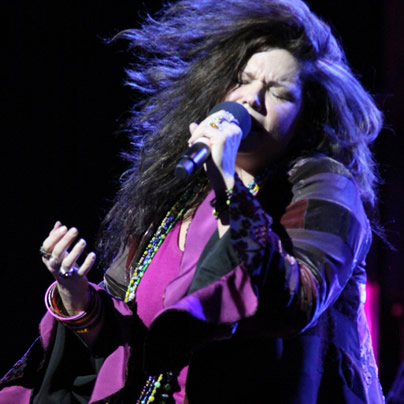
‘One Night With Janis Joplin’
Arena Stage
1101 6th Street, SW
Through Nov. 4
Tickets: $45-$94
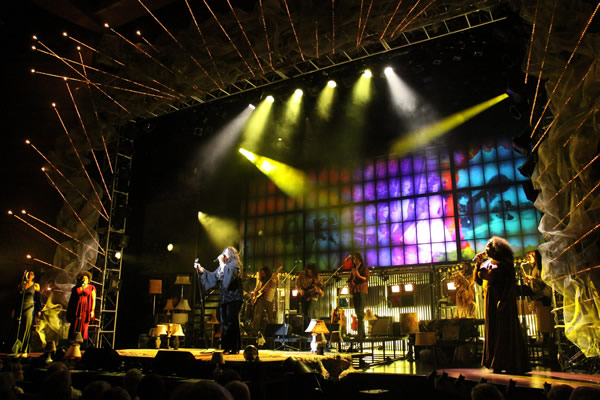
Mary Bridget Davis as Janis Joplin in the Arena Stage production of ‘One Night with Janis Joplin.’ (photo by Janet Macoska; courtesy Arena)
Classic rock fans love pondering what might have become of the greats had they lived. If you really know the history and their personalities, informed prognosticating on what might have been likely makes for great barstool conversation.
For Janis Joplin, it’s hard to say. With a woman so known for her give-it-everything — detractors called it histrionic — delivery, what kind of singer and performer would she have become had she not ODed in 1970?
Mary Bridget Davies has a few thoughts and having researched Joplin’s life for two different stage productions and fronted a rock band herself, she’s in a pretty good position to imagine.
“It’s really a shame she died when she did, not just because it’s sad she died of course, but I really do think she was onto something musically just then,” the 34-year-old Cleveland resident says. “When you think about what came along in music just after that with the Allman Brothers and that whole southern rock thing, it’s a shame she missed that whole movement because I really think she could have been the mama of that. You hear some of that on ‘Pearl,’ like with ‘Bobby McGee.’ I definitely think she would have stayed in music as long as she could because it absolutely was her passion.”
Davies reprises her role as Joplin in “One Night With Janis Joplin” which had a successful summer run in Cleveland and is at Arena Stage in Washington through Nov. 4.
During a lengthy phone chat last week, Davies says several scenarios for what might have been Joplin’s fate in a parallel universe are feasible — the legendary singer might have blown out her voice irreparably in time, gone more heavily into the blues she loved, mellowed out some vocally to pace herself or become a southern rock headliner. Part of the mystique, of course, is that we’ll never know.
The “One Night” show — which its creators say is as much a concert as a play — doesn’t pretend to guess. Rather it recreates Joplin’s live concerts — in a way — while including her influences and thoughts.
Playwright Randy Johnson, who’s written successful shows on other late music icons such as Elvis Presley, Conway Twitty and Patsy Cline, says the show sidesteps the pratfall of possibly becoming a cheesy tribute band-type production because he had access to Joplin’s art, letters and diaries.
“Most of those types of shows are created more from a fan perspective as opposed to a true biographical perspective,” the gay, Los Angeles-based playwright says. “I’ve never done a show that didn’t have the support of the family. I wouldn’t do it. Because if you read a biography without the family’s input, what you’re really reading is an opinion.”
The two-hour show, which finds Davies and a live band tearing through 22 Joplin classics, is pared down from its original length. Johnson opened the show in Portland and found he could streamline the piece after seeing how audiences absorbed it. Any overlap in what was being said versus sung was cut.
Davies was an understudy for the Cleveland production at first, but eventually took over when actress Cat Stephani, who got good reviews as Janis in the Portland production, bowed out just before the Cleveland opening.
Davies says she thinks her predecessor “seemed really run down.” She understands to a point — reproducing Joplin’s no-holds-barred vocal fire eight shows a week could ruin almost anyone’s voice. Even Joplin herself didn’t do that — shows in the classic rock era weren’t the two-hour-or-more marathons they became later with acts like Bruce Springsteen. Neither was Joplin playing eight shows a week.
Davies says while donning the Joplin stage garb can yield a feeling of invincibility — “You step out in those beads and velvet pants and that little waist band thing might as well have guns in it. It’s like you’re totally the sheriff in these parts.” — she does have to pace herself. Being a singer herself, she travels and records with her own blues/rock eponymous outfit, helps. She also played Joplin in the show “Love Janis” in 2005 and tours sometimes with Joplin’s old band Big Brother and the Holding Company.
“I take very good care of myself from a health standpoint,” she says. “Sure, there’s a part of me that would love to go out after the show and have 10 drinks and smoke a pack of cigarettes, but you just can’t do that when you have to do it six more times that week.”
Johnson says he knew Davies would be great in the part.
“You really can’t approach this from a musical theater background,” he says. “You can’t just kind of wink at the audience and fake your way through it. Mary Bridget has Janice in her DNA. … The ones who came in (to audition) with the boas and so on usually don’t make it past 16 notes. She came in in a nice shirt and jeans, opened her mouth and just blew the whole table away.”
Oddly, Davies remembers Liza Minnelli being at the table during her audition.
“I think a lot of the girls buckled under her presence,” she says. “She and Randy are friends. She was sitting there, leaning in at the stage table, all smiles like the best stage mom you could ever ask for.”
For Johnson, who was approached by Joplin’s two siblings (who manage her estate) in 2009 about the possibility of doing a show, Joplin still has something to say even all these decades later.
While he fully acknowledges she had “demons,” he says the “drugs and craziness were only about 10 percent” of her life. When studying her writings, he discovered a “very gentle spirit with a great sense of humor who was not bullshitting anybody.”
A 1950s conformist hangover made it a lot tougher to do so in that era, he says.
“It wasn’t easy but she simply spoke and sung her own truth and audiences were drawn to that.”
Though the show doesn’t address Joplin’s bisexuality, Johnson says her story has a message for gays today.
“If you listen very carefully to the show, she’s telling you to be yourself,” he says. “Don’t bullshit yourself, don’t bullshit anybody else and live it while you can. You can lie but eventually it comes out, so I think her message is to simply live as you are.”
Photos
PHOTOS: Montgomery County Pride in the Plaza
LGBTQ celebration held in downtown Silver Spring
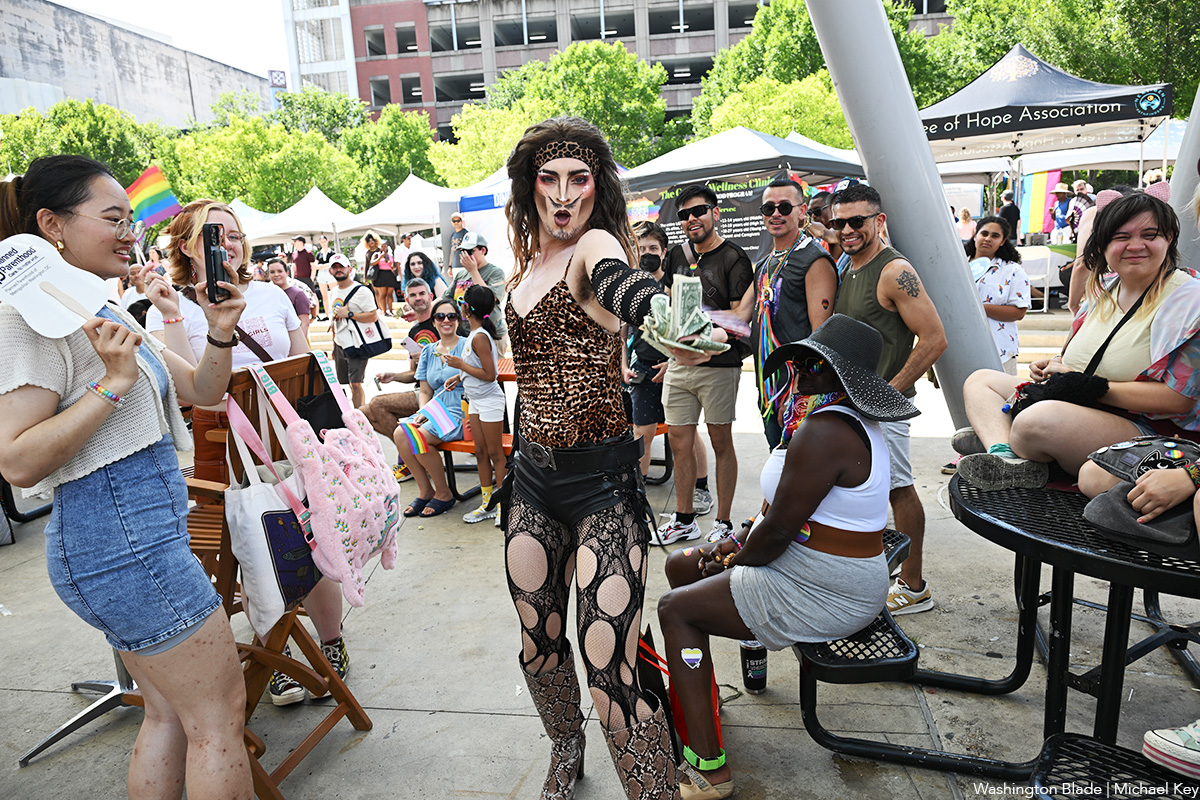
Montgomery County Pride in the Plaza was held on Sunday, June 29 at Veterans Plaza in Silver Spring, Md.
(Washington Blade photos by Michael Key)
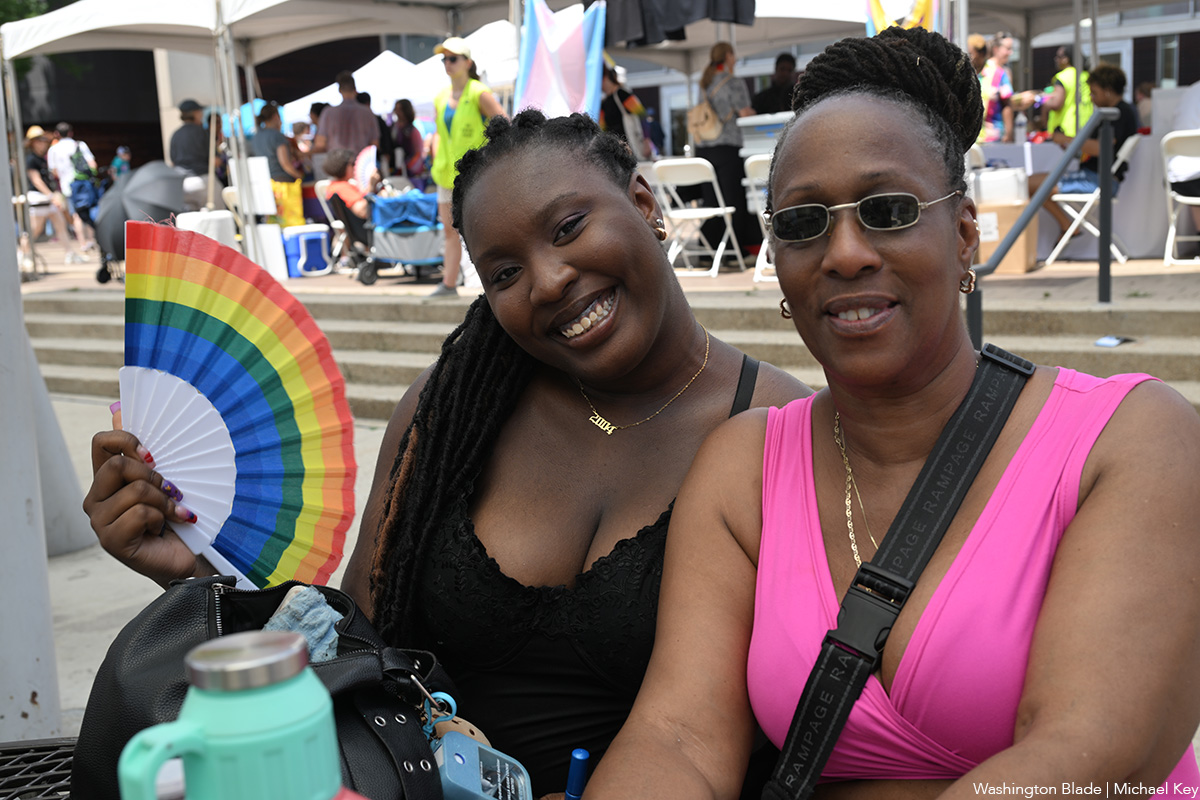
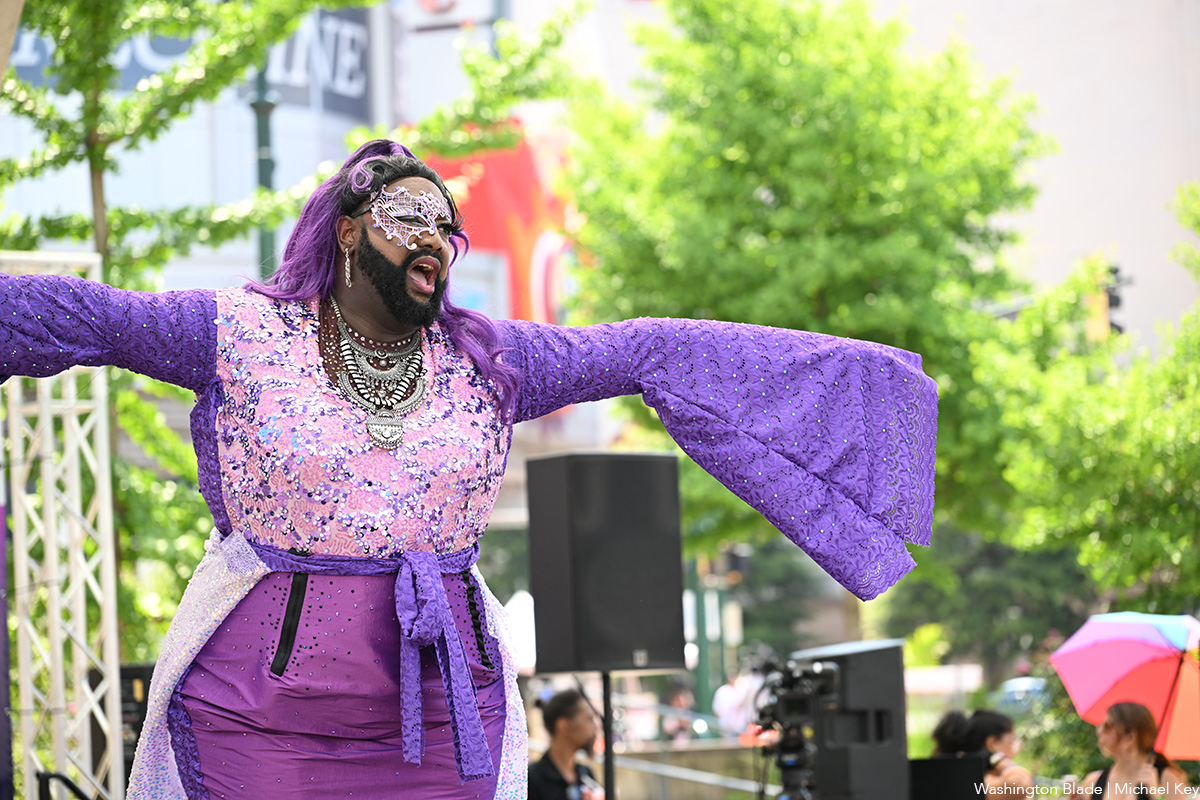
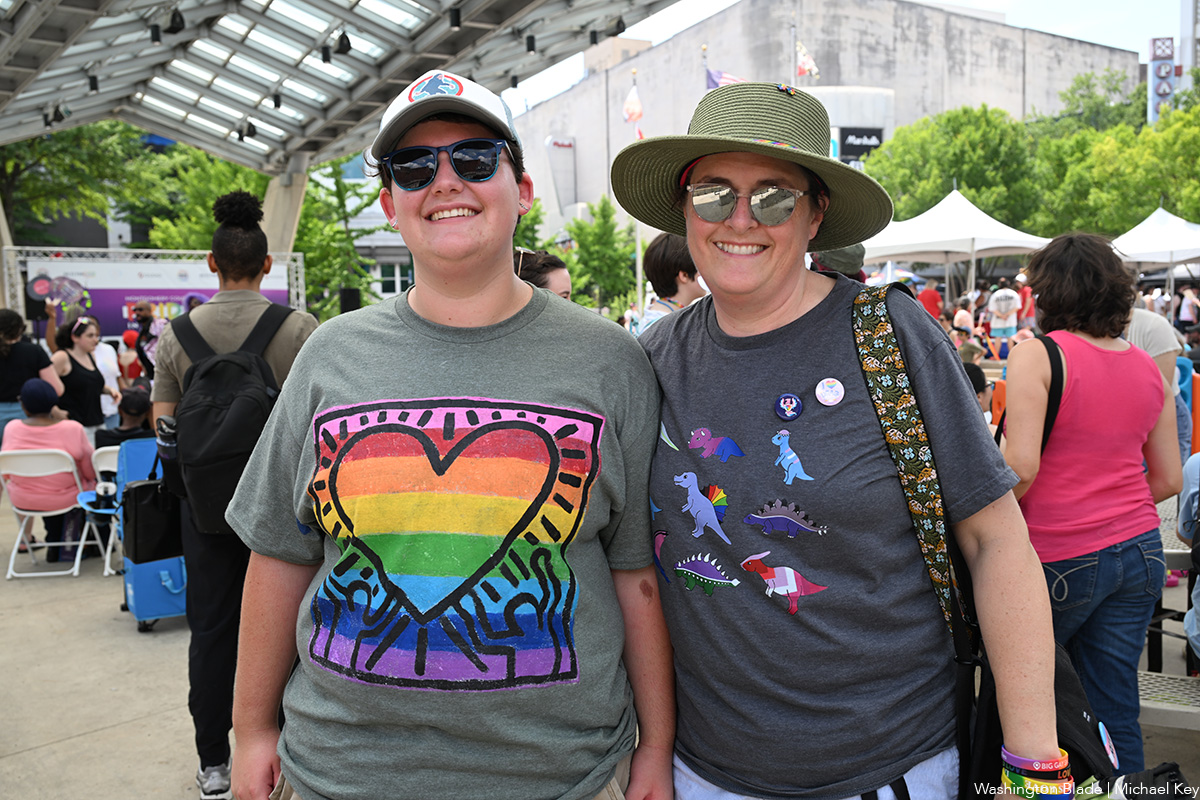
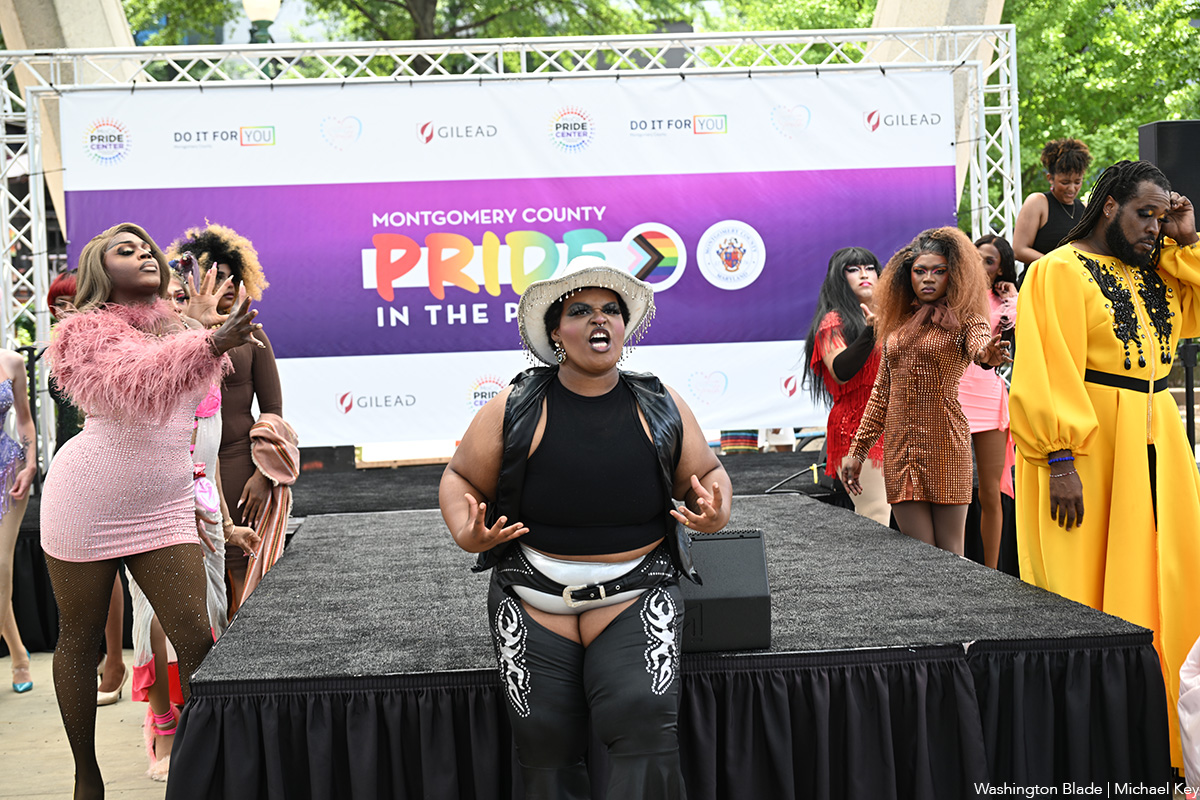
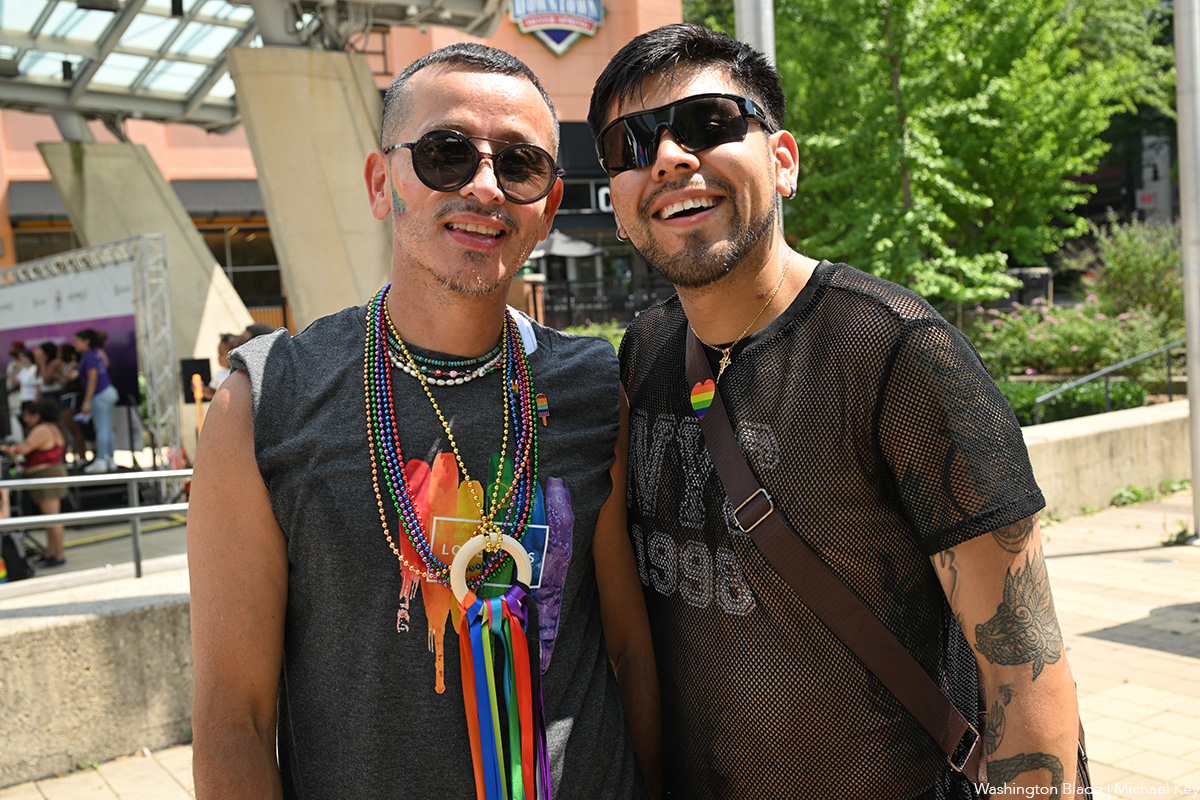
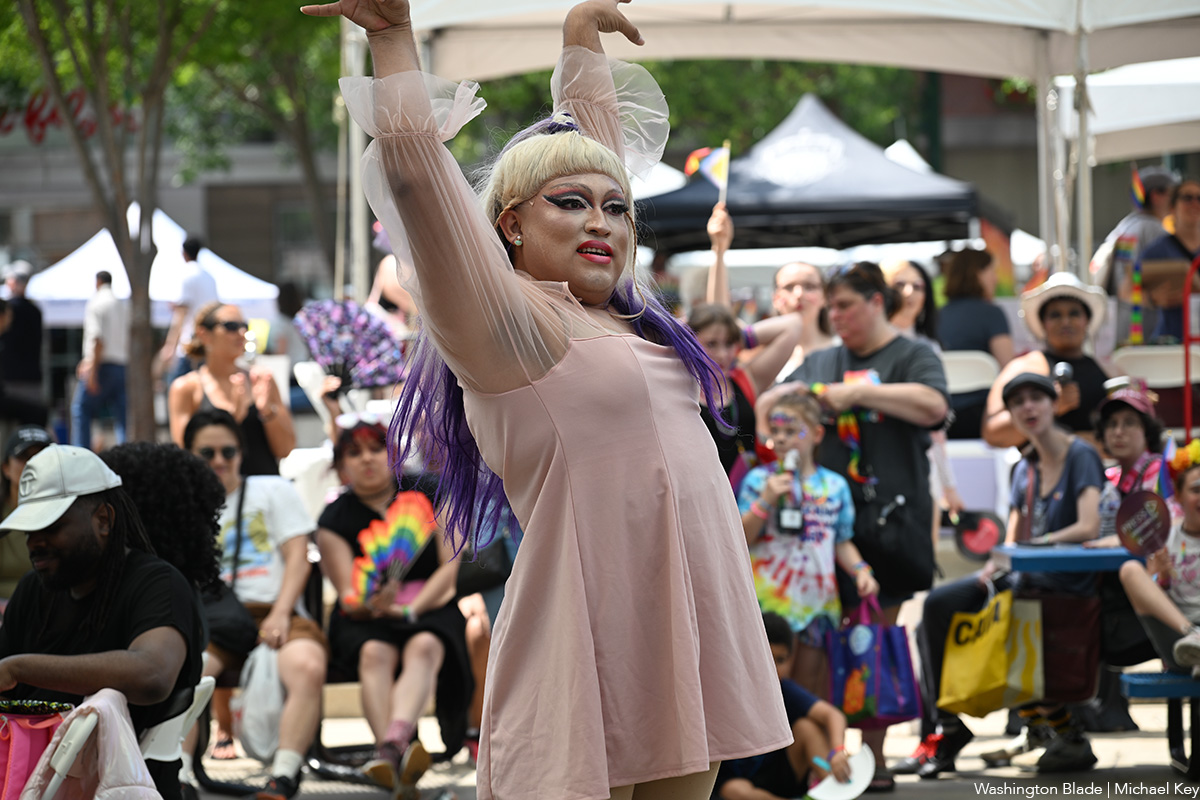
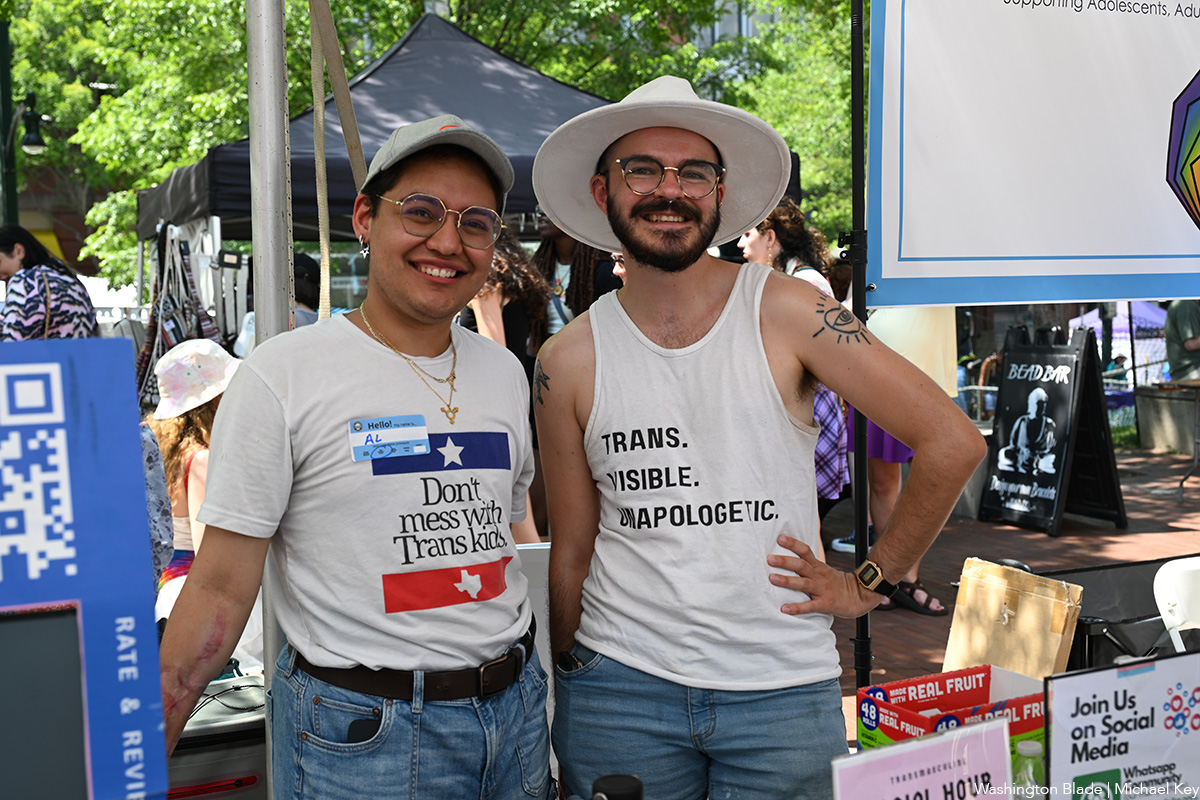
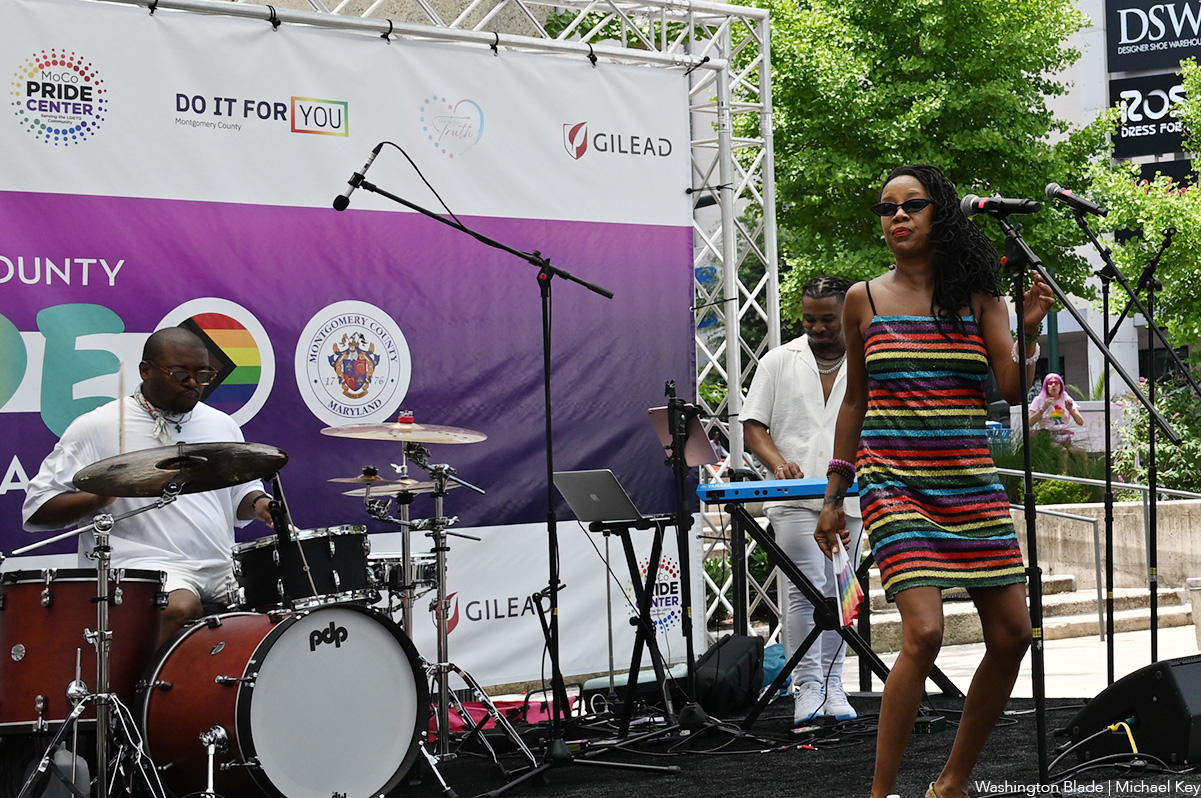
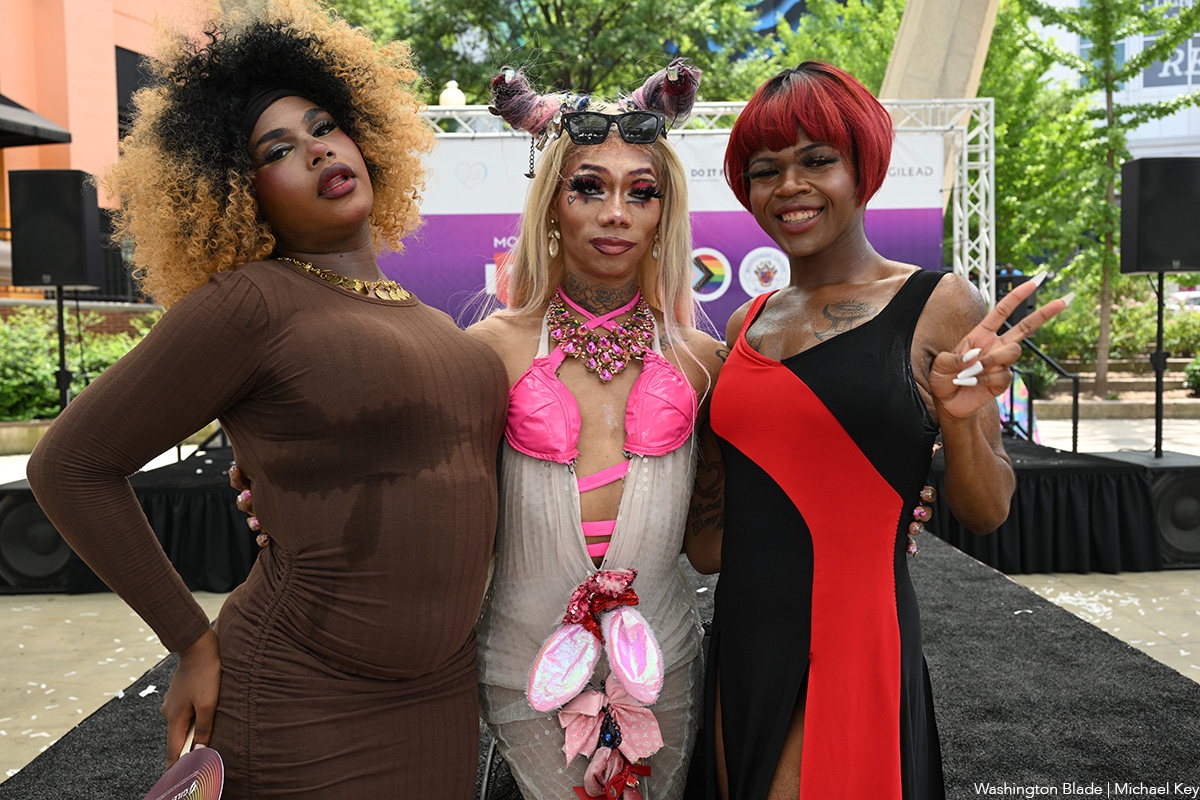
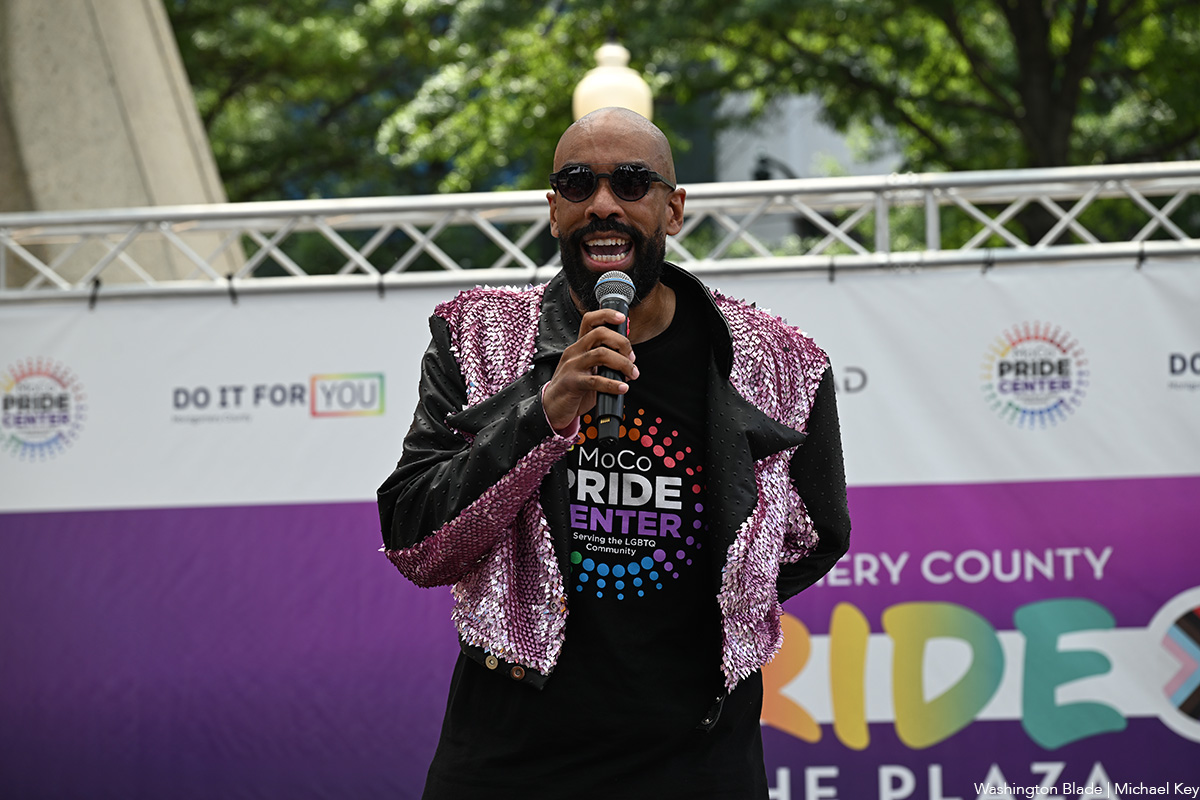
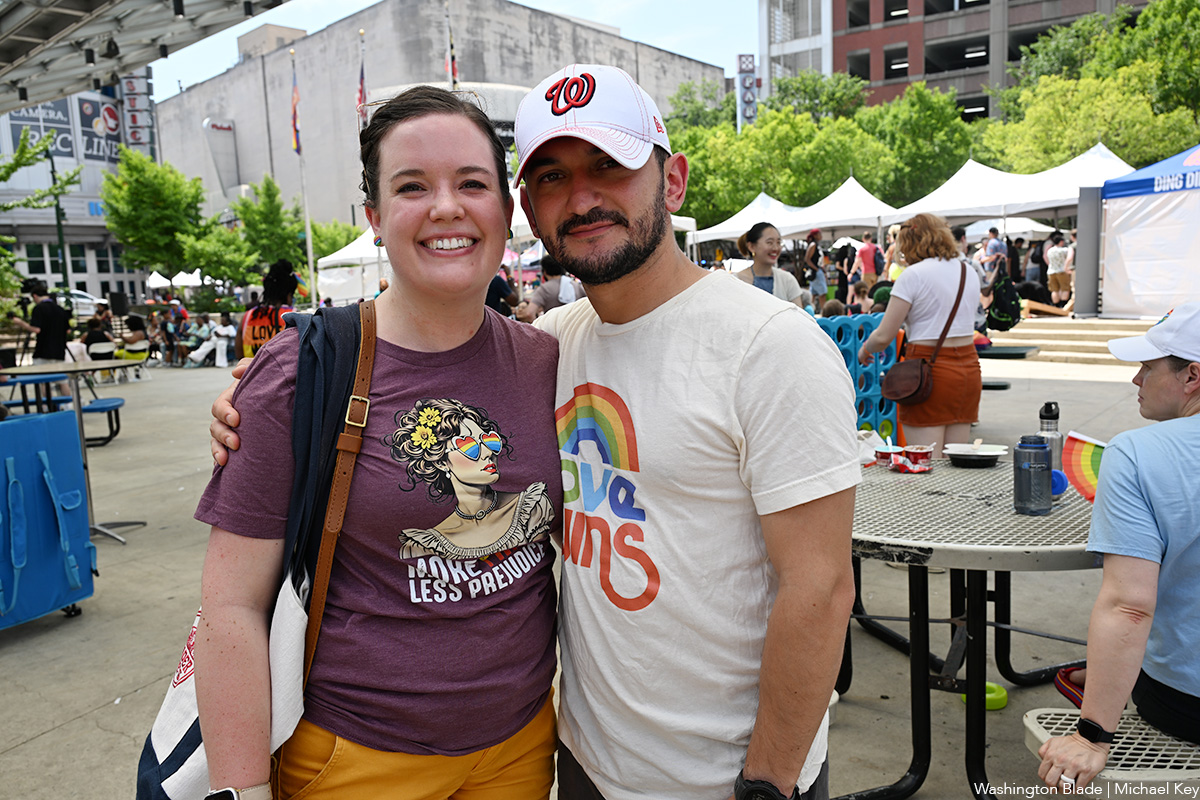
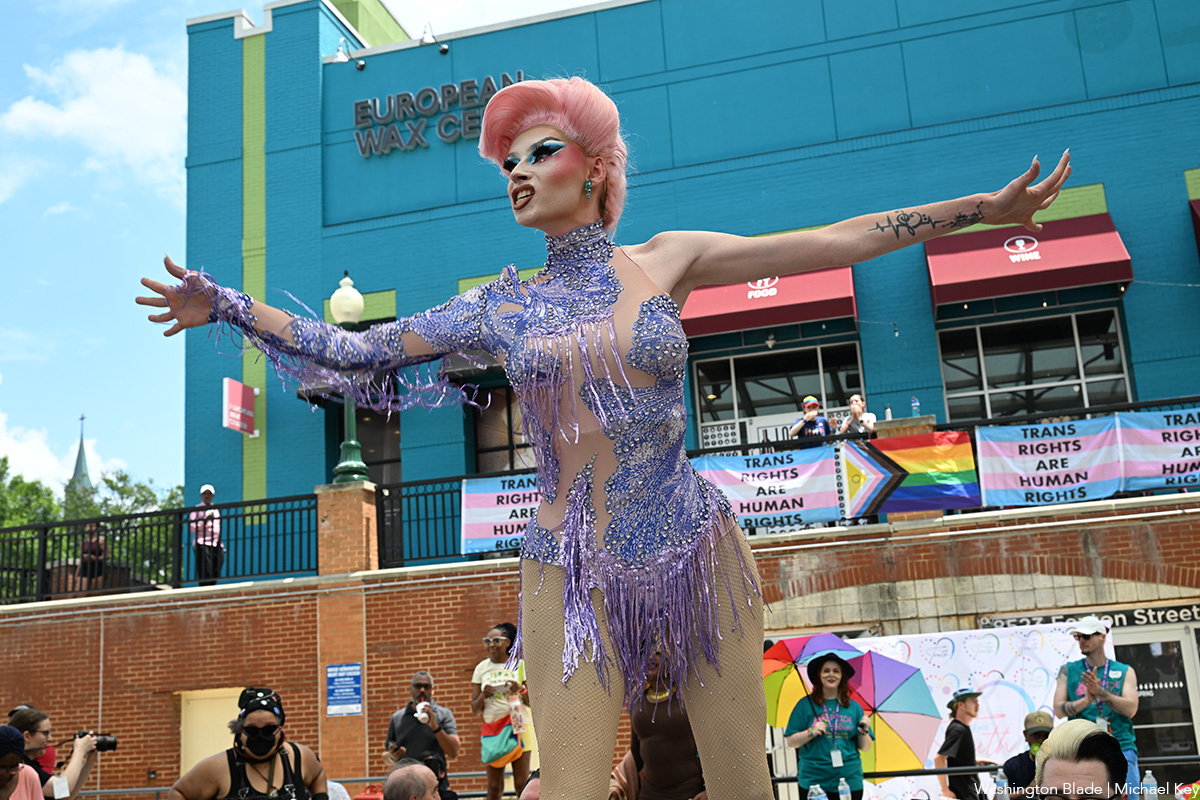
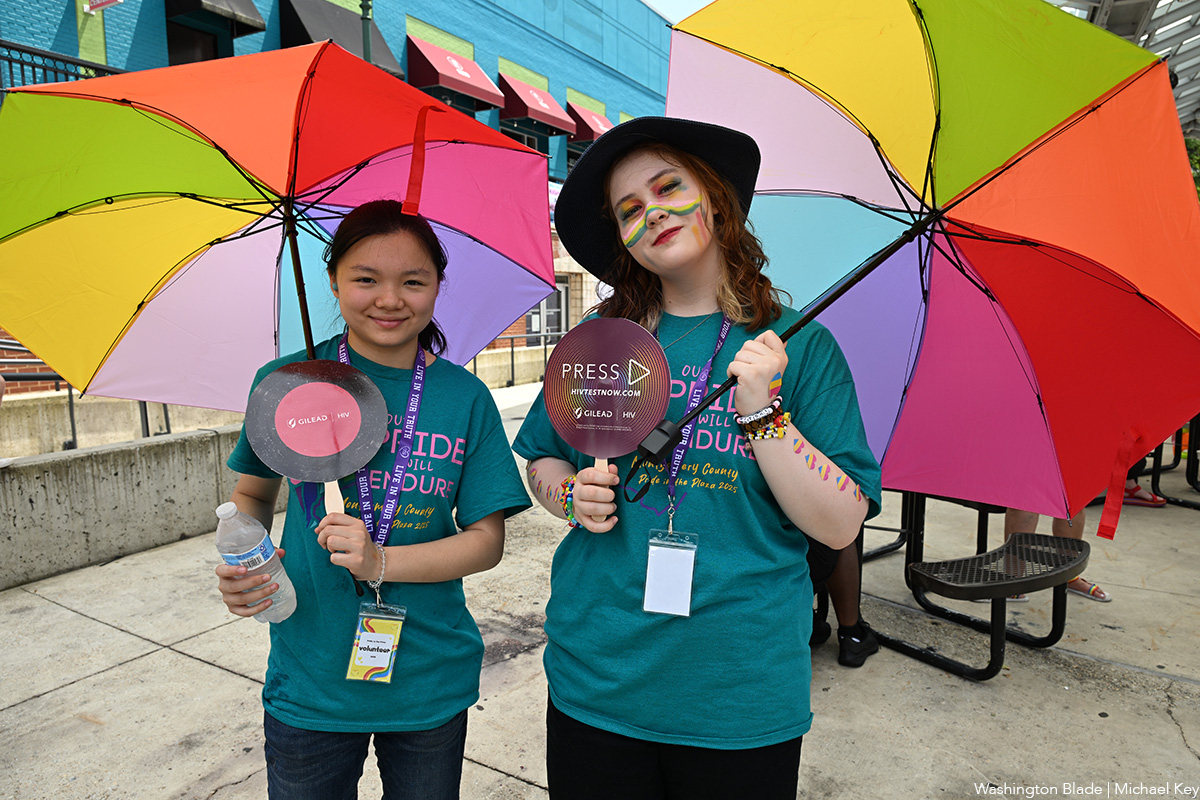
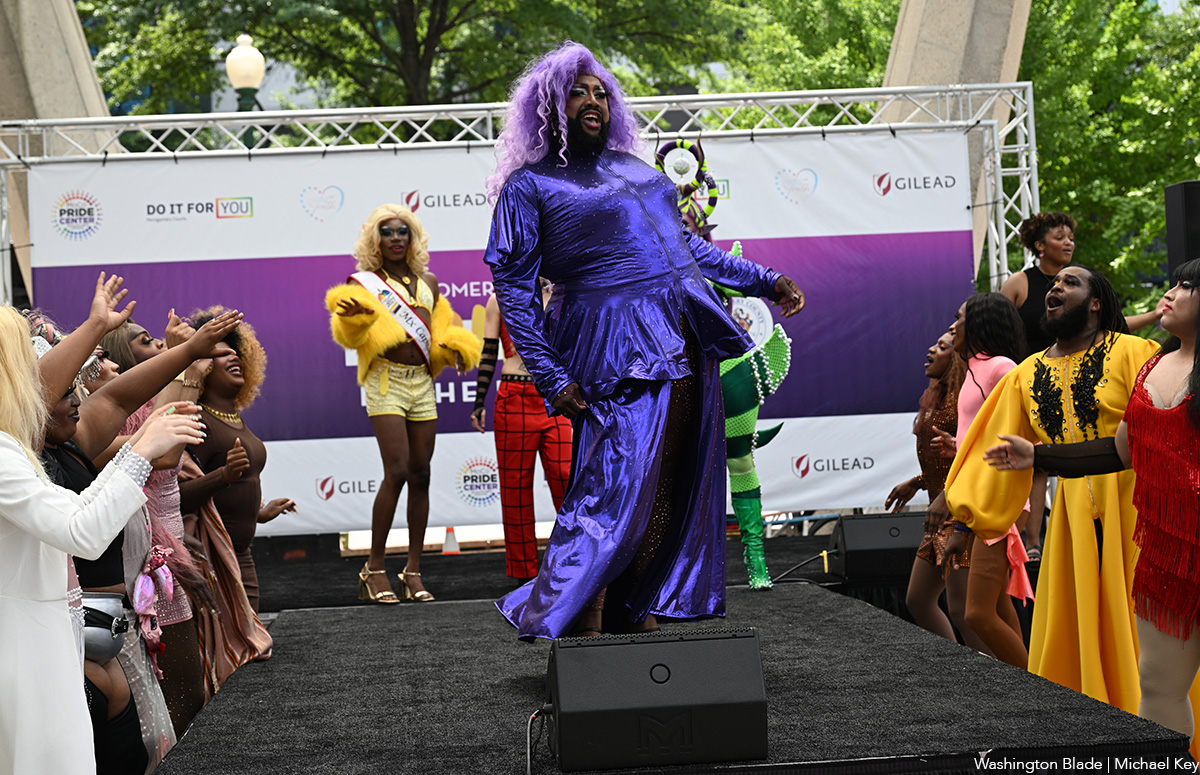
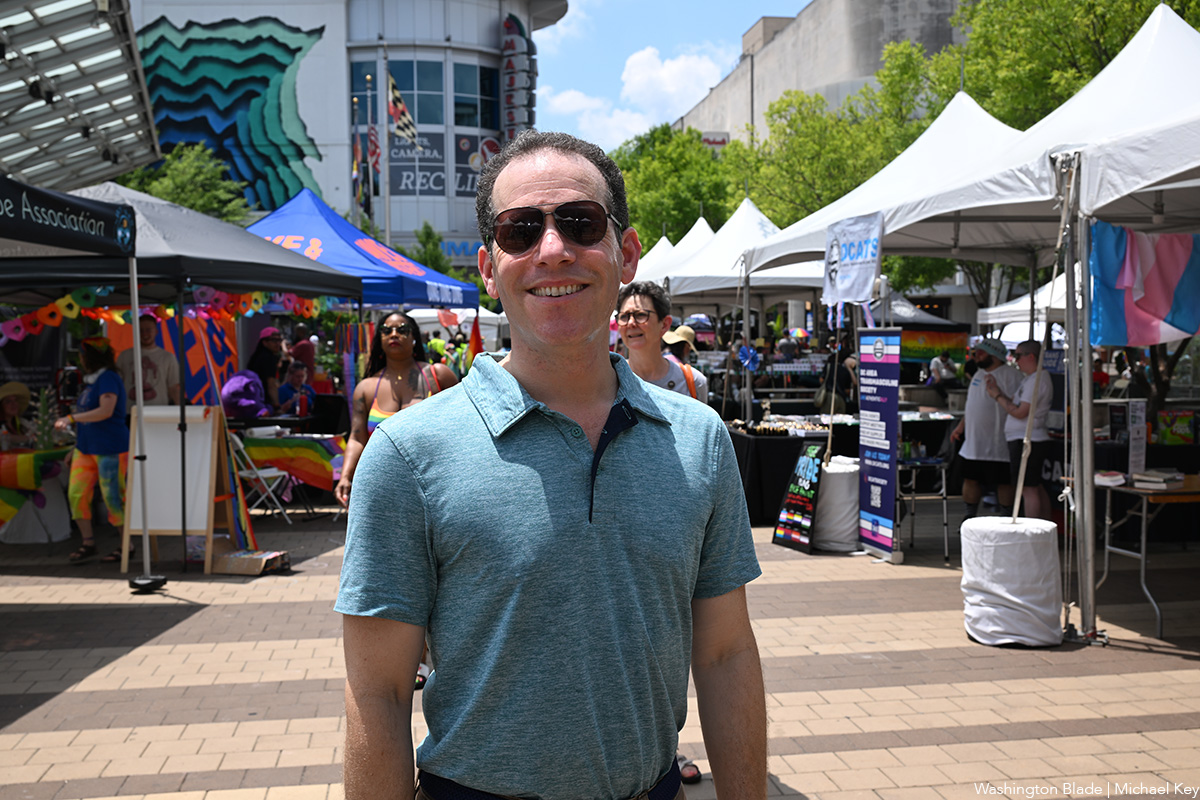
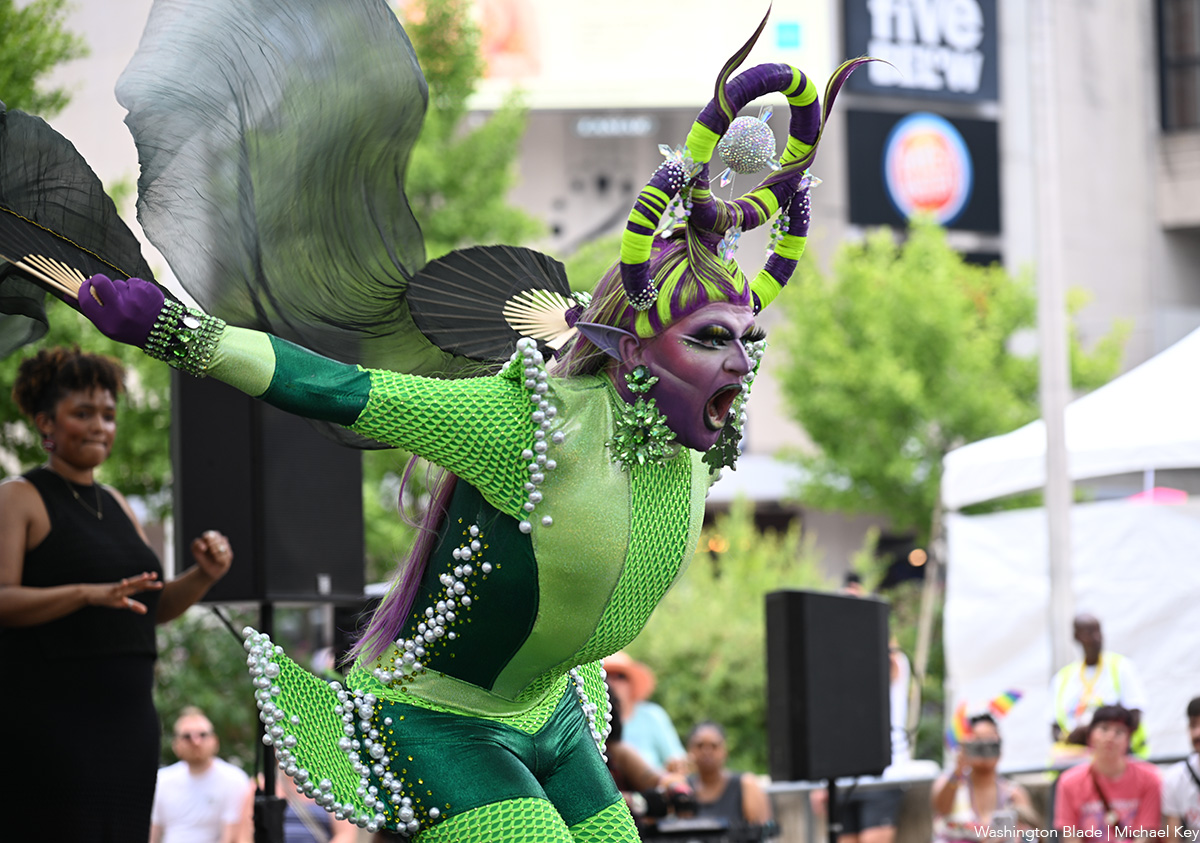
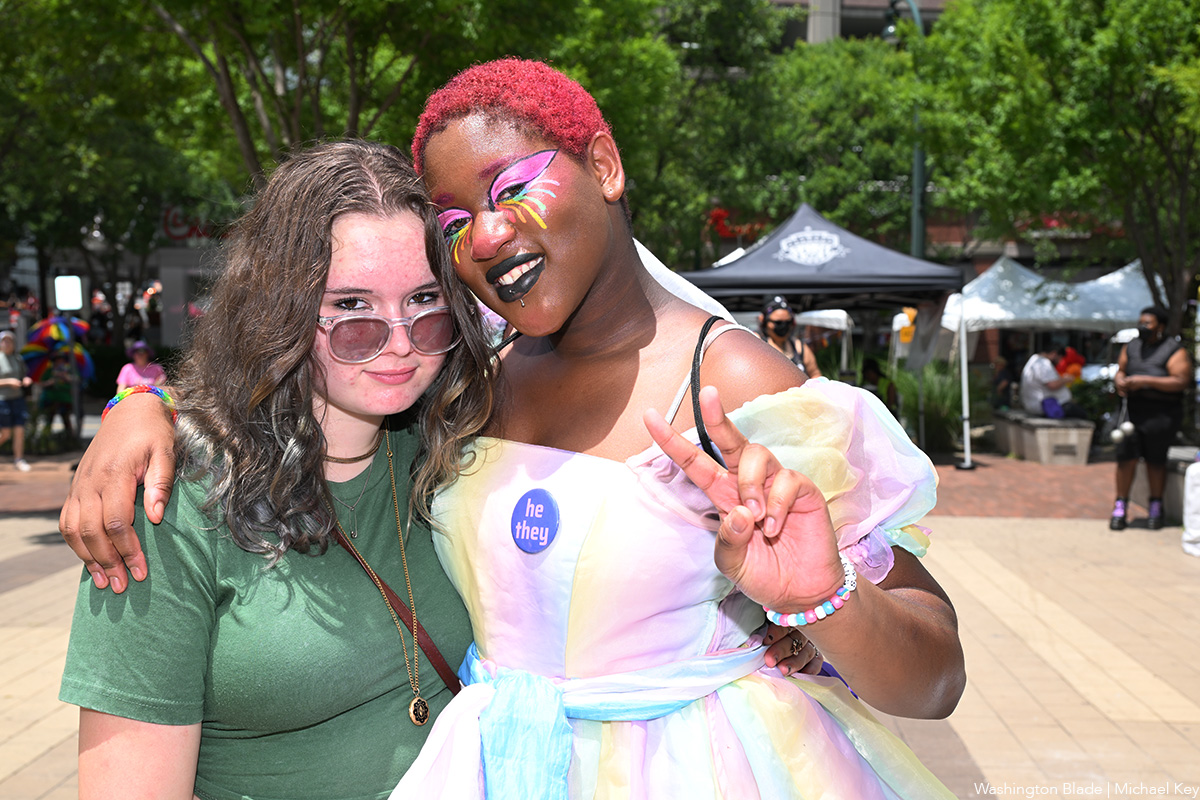
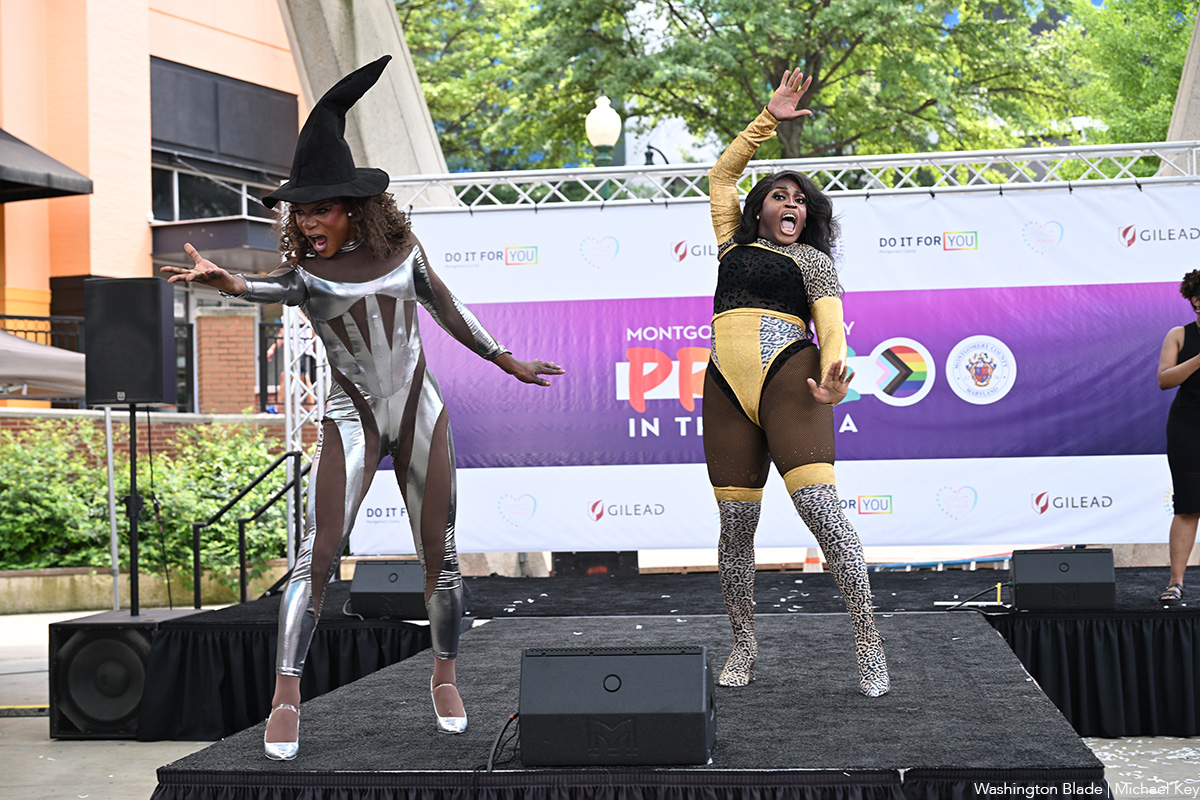
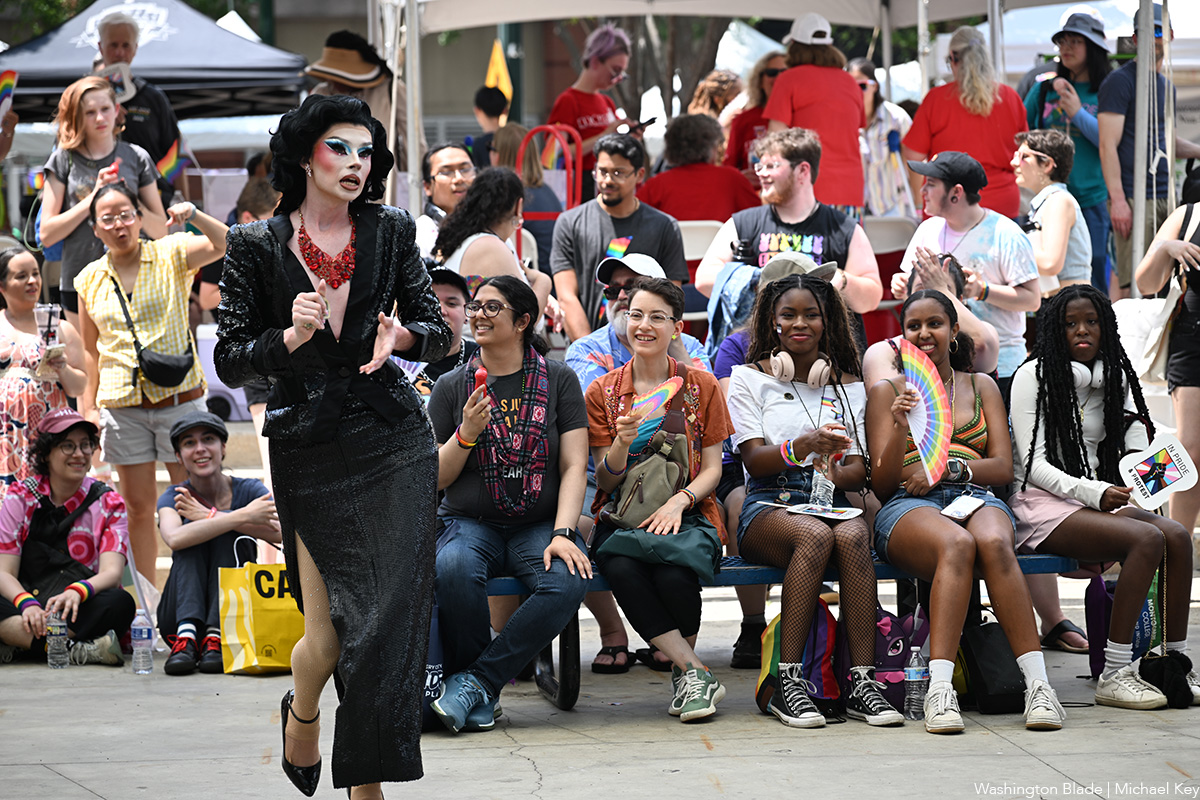
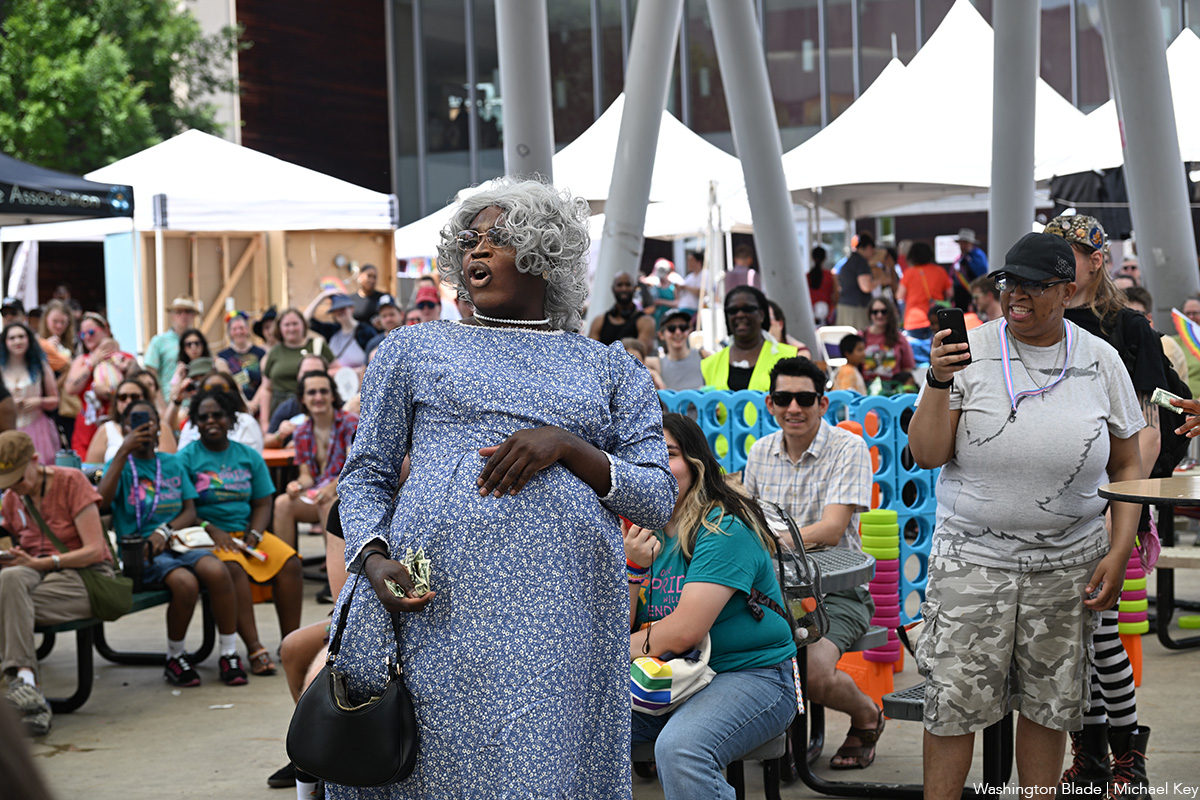
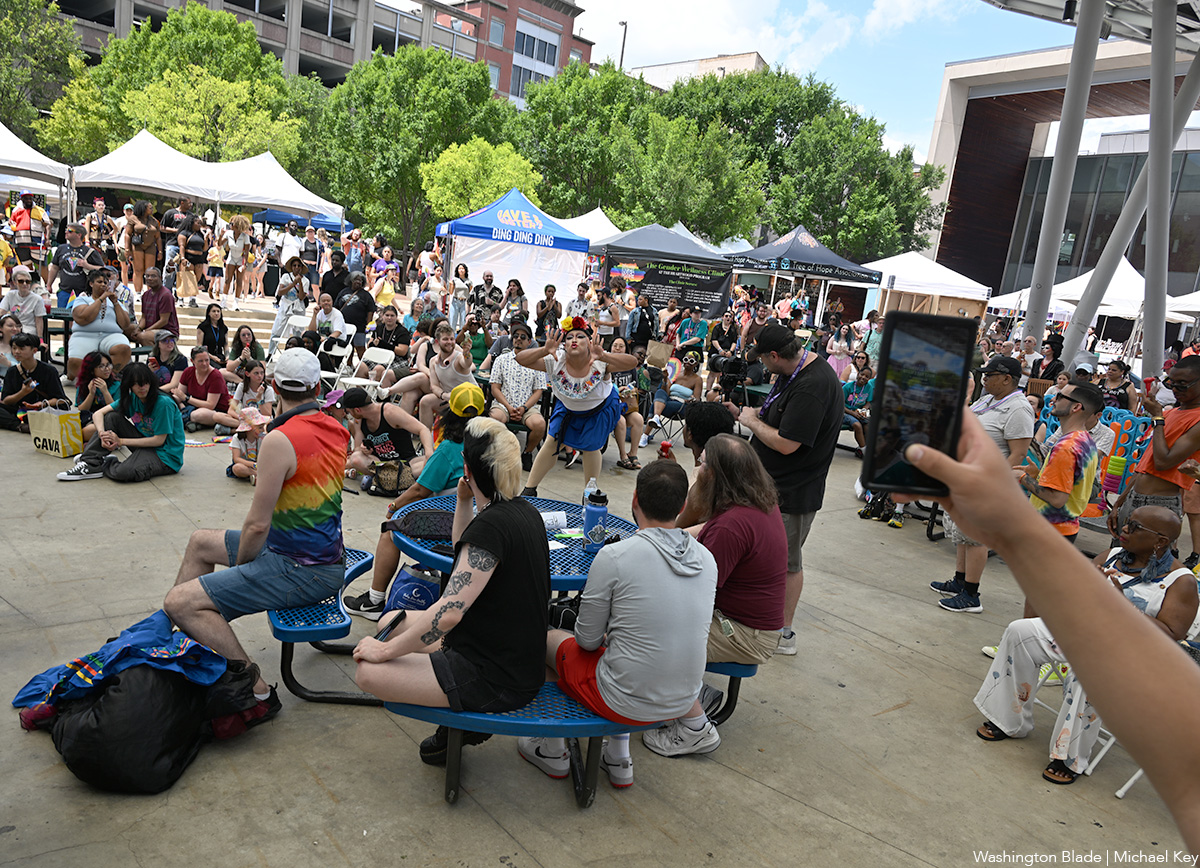
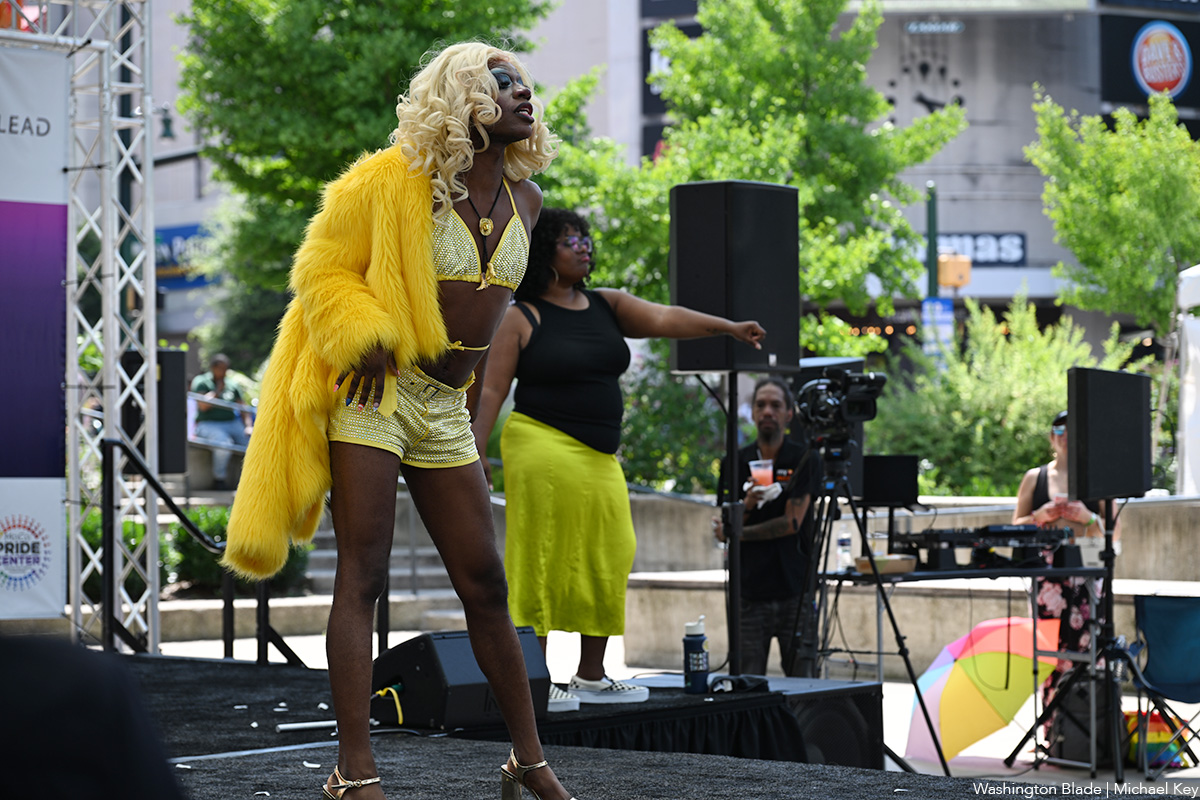
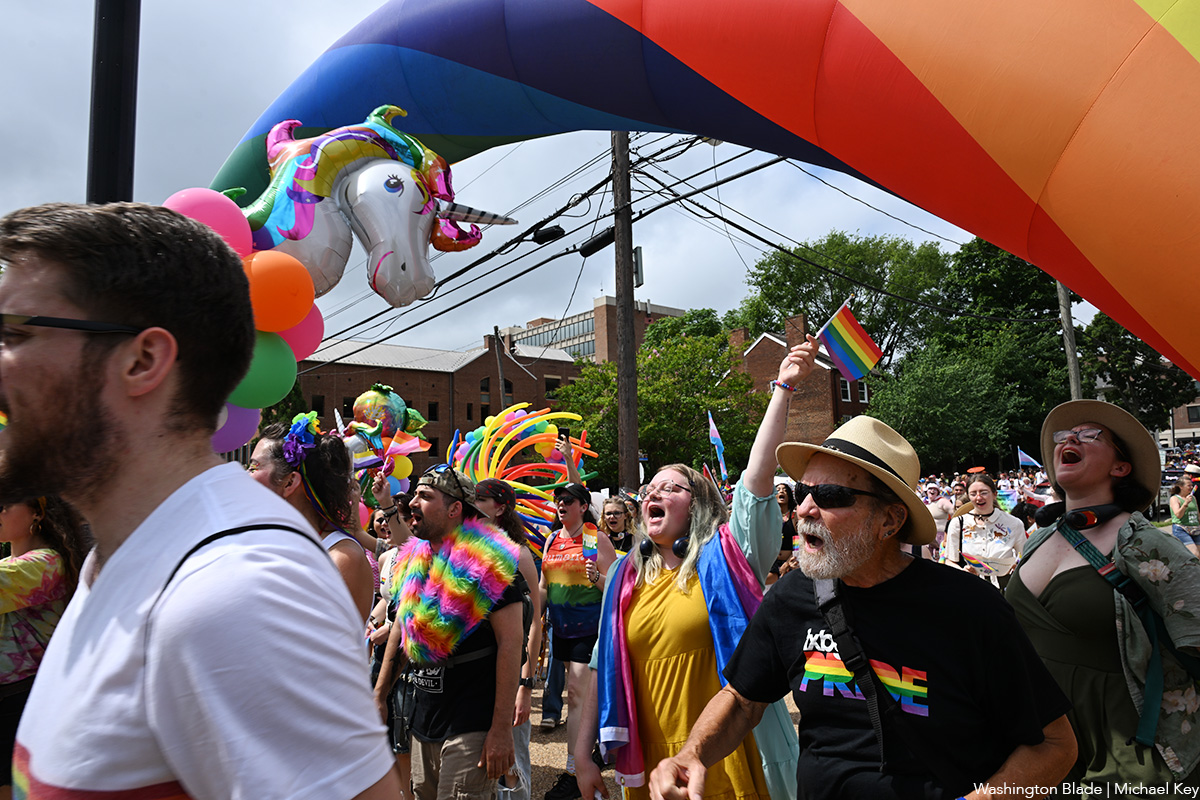
The fifth annual Fredericksburg Pride march and festival was held on Saturday, June 28. A march through the streets of downtown Fredericksburg, Va. was followed by a festival at Riverfront Park.
(Washington Blade photos by Michael Key)
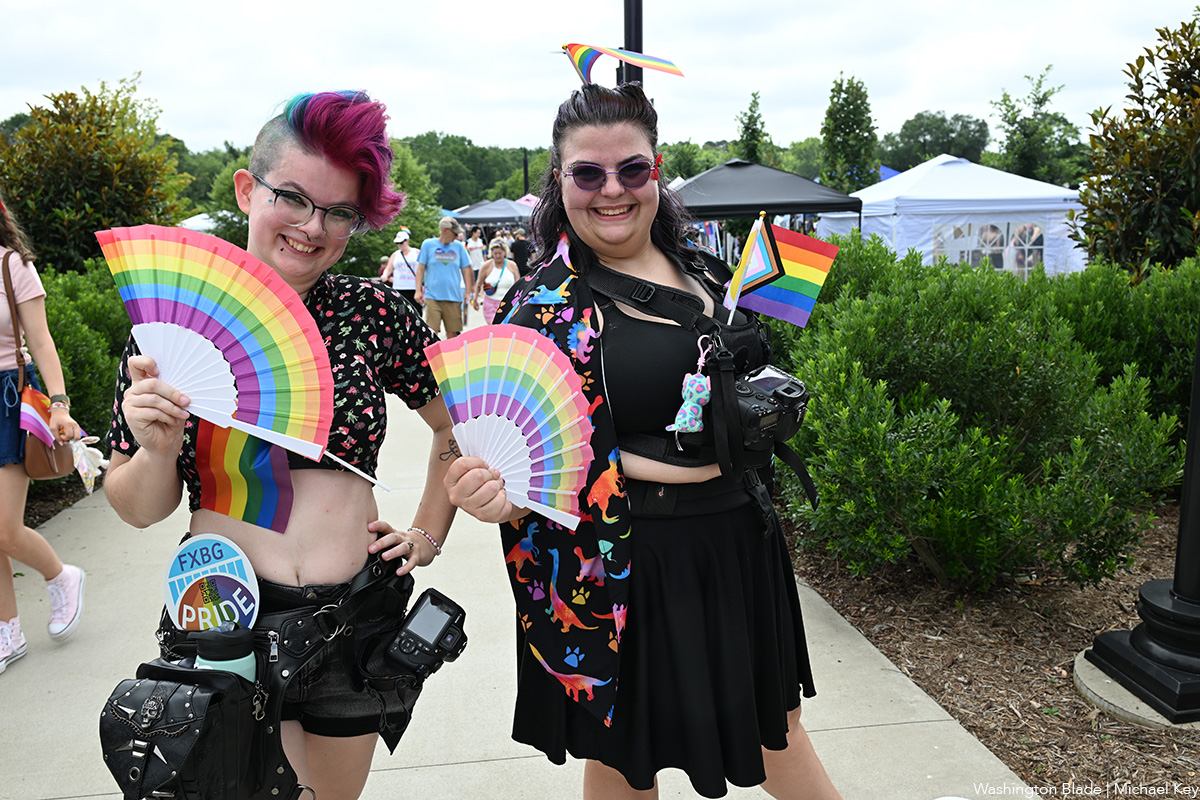
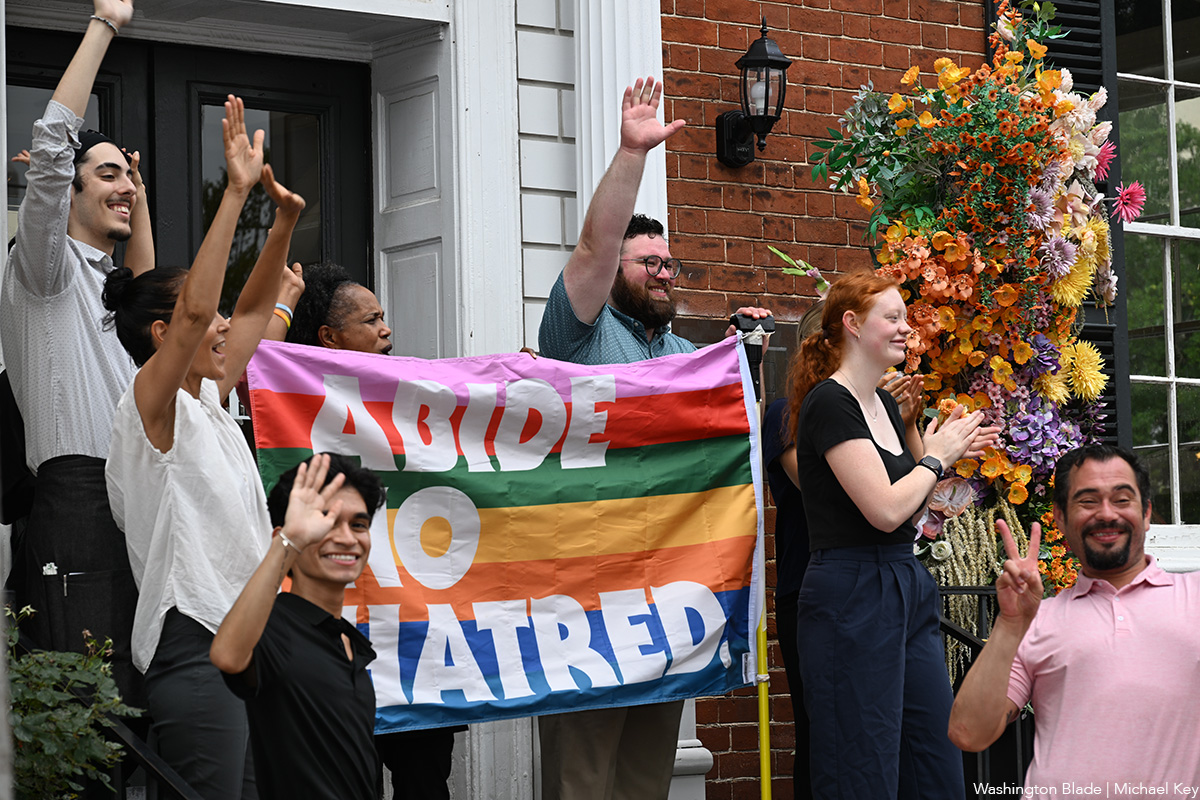
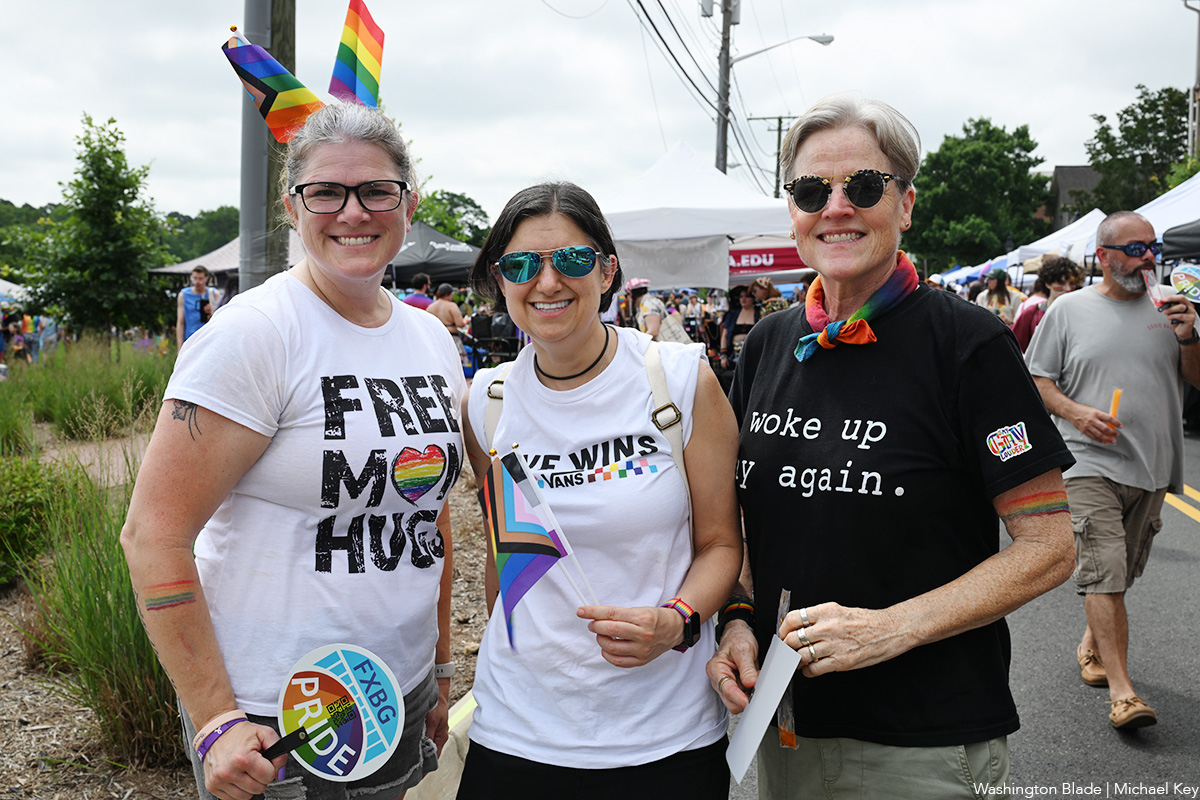
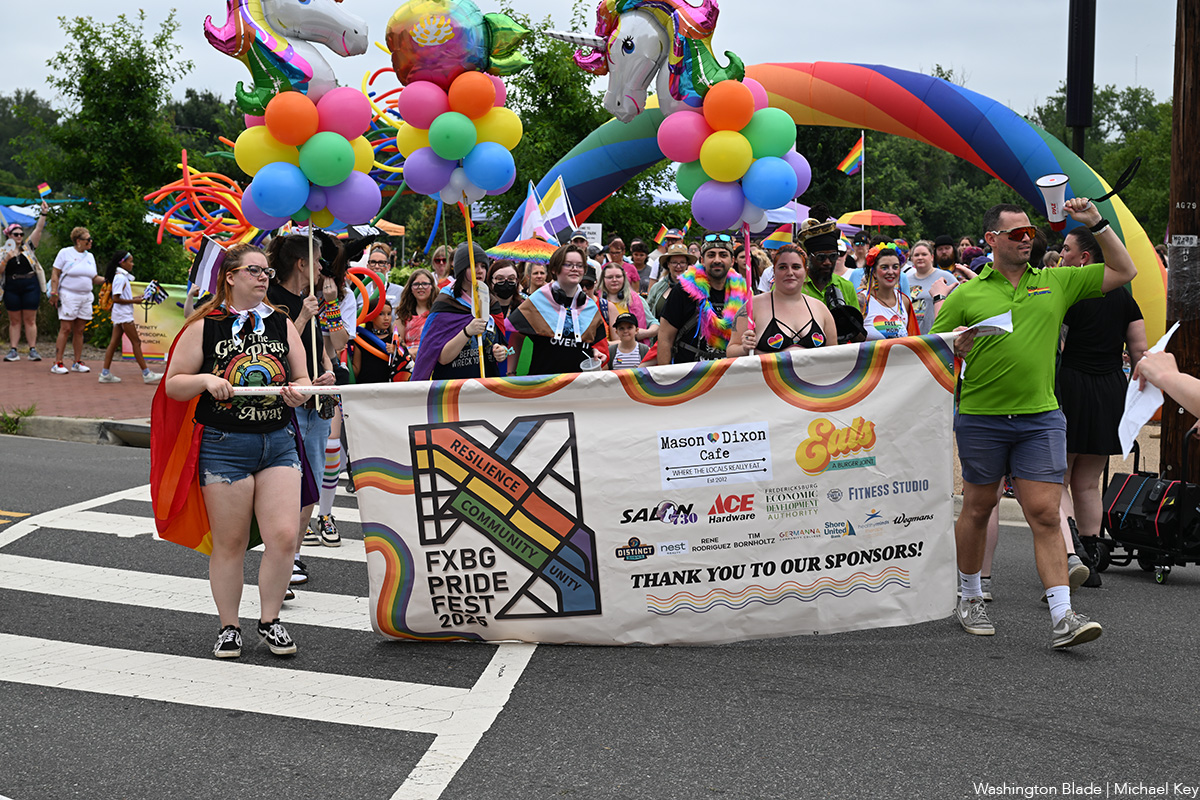
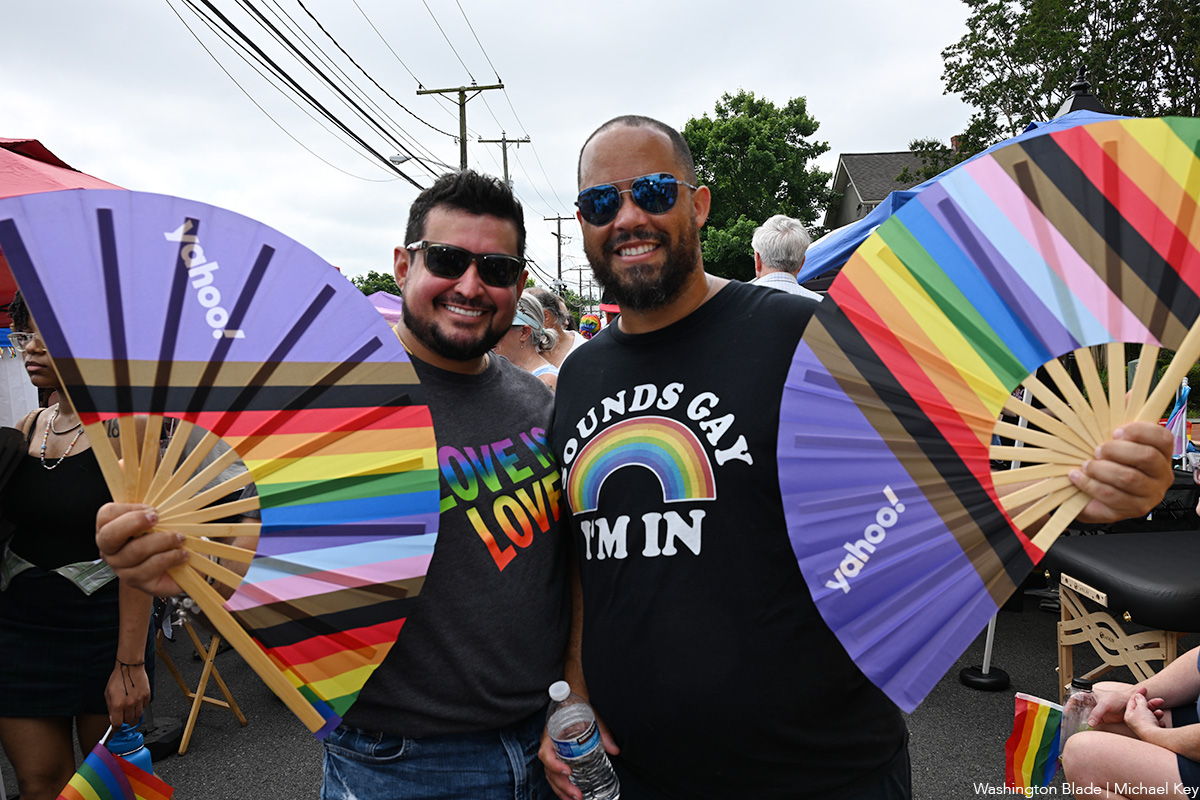
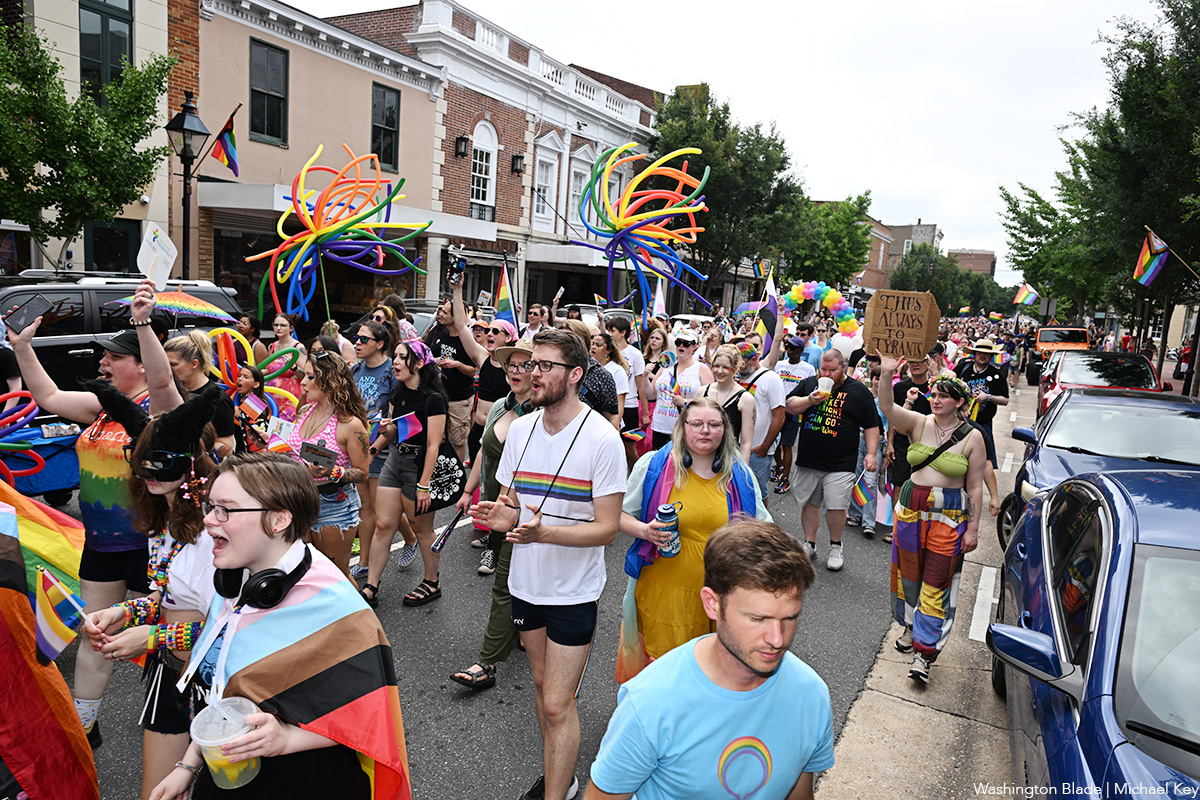
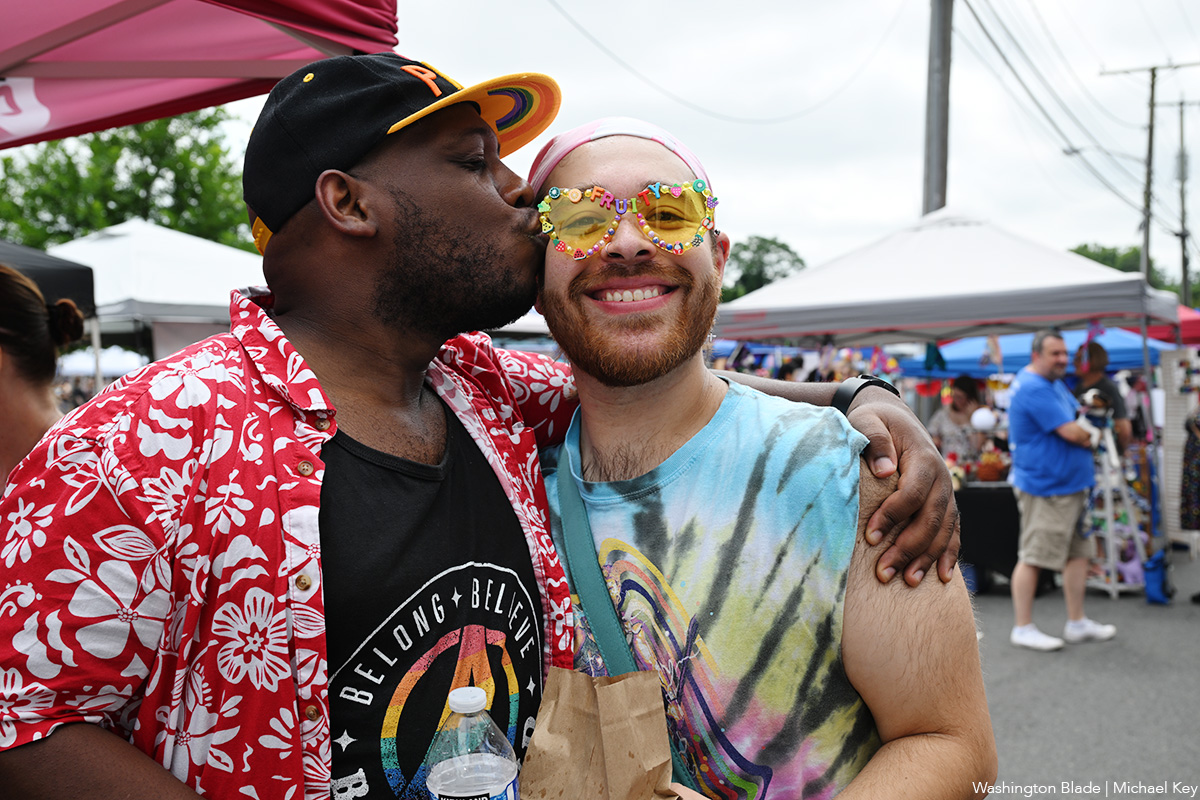
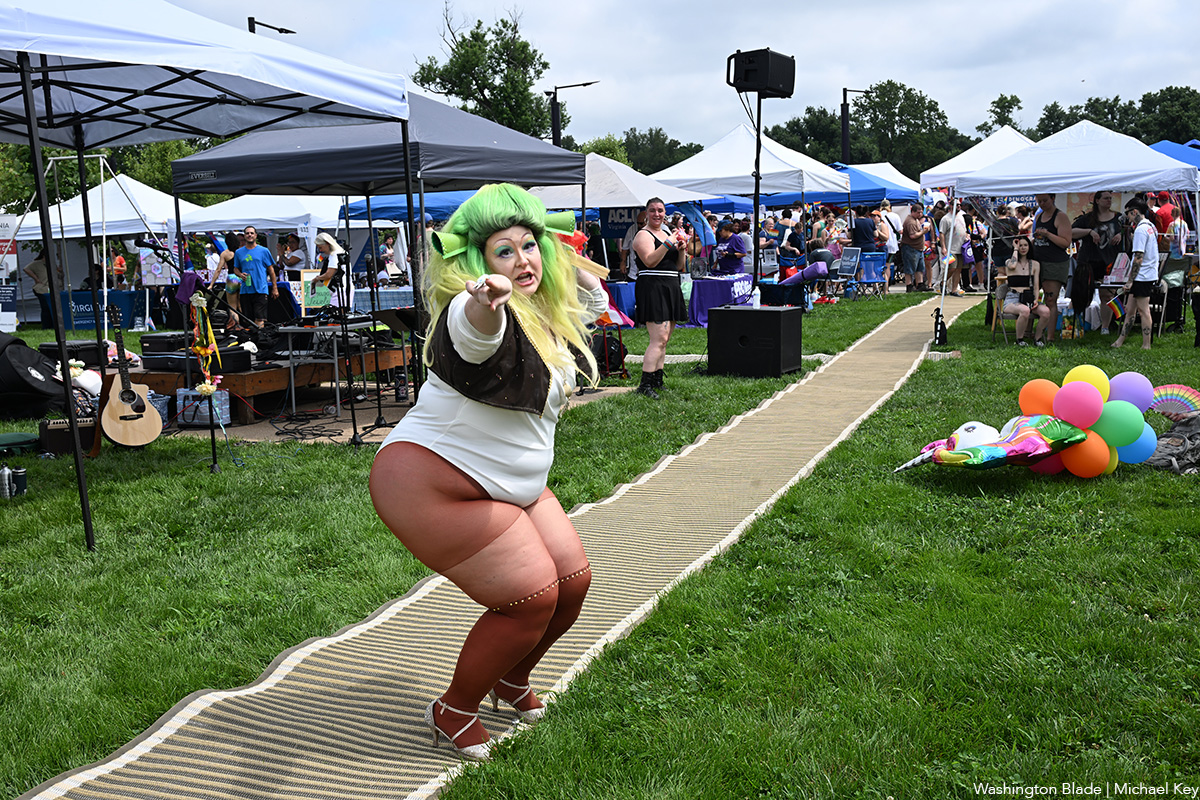
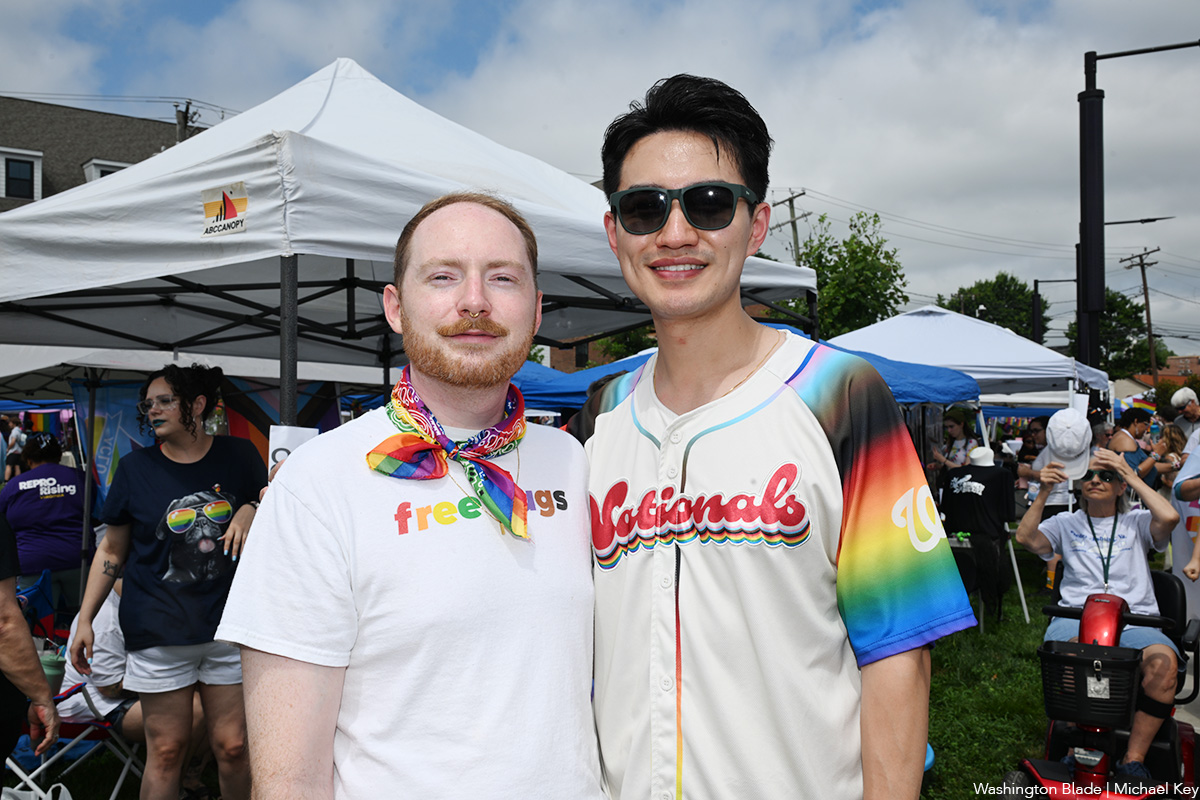

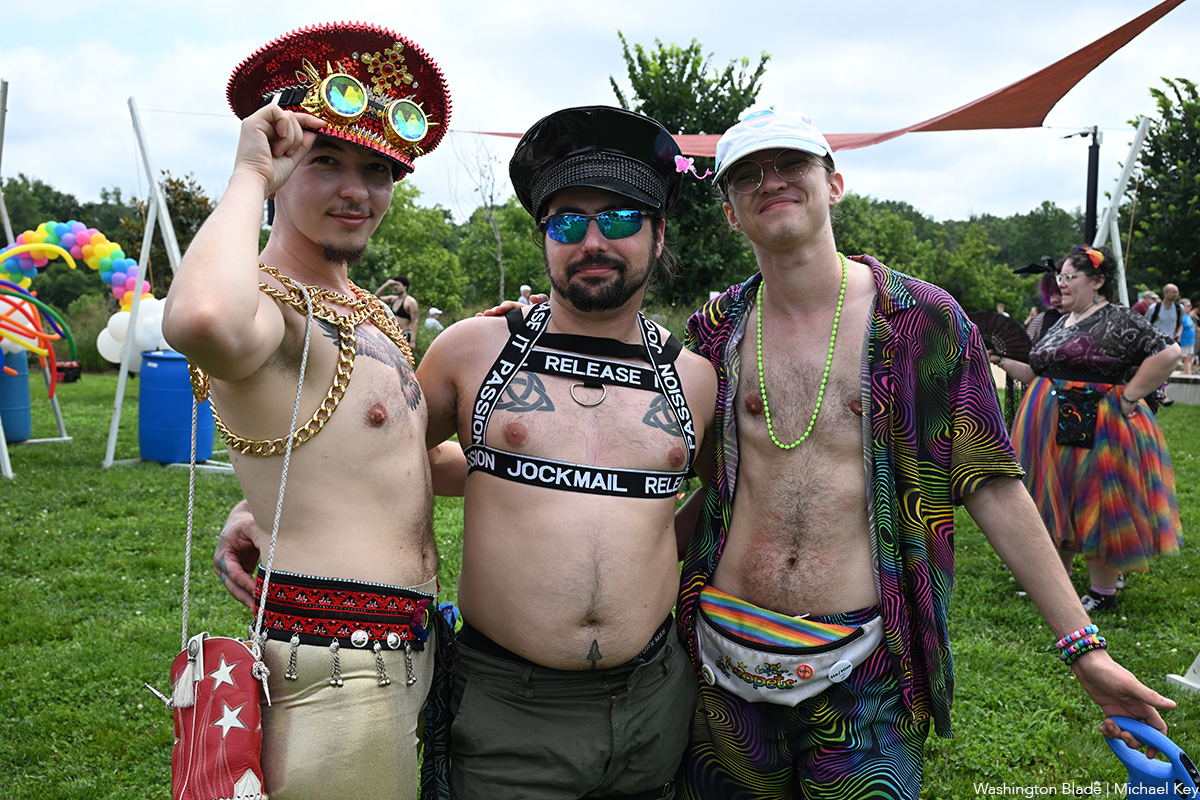
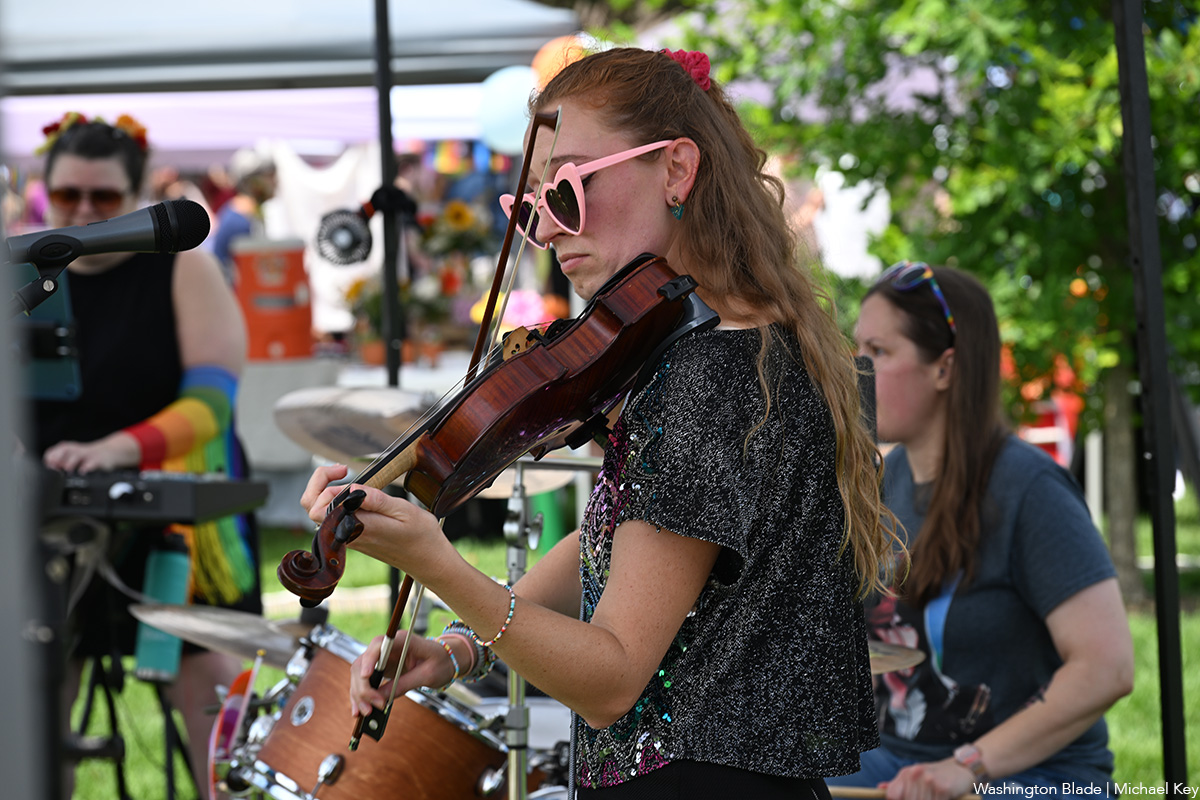
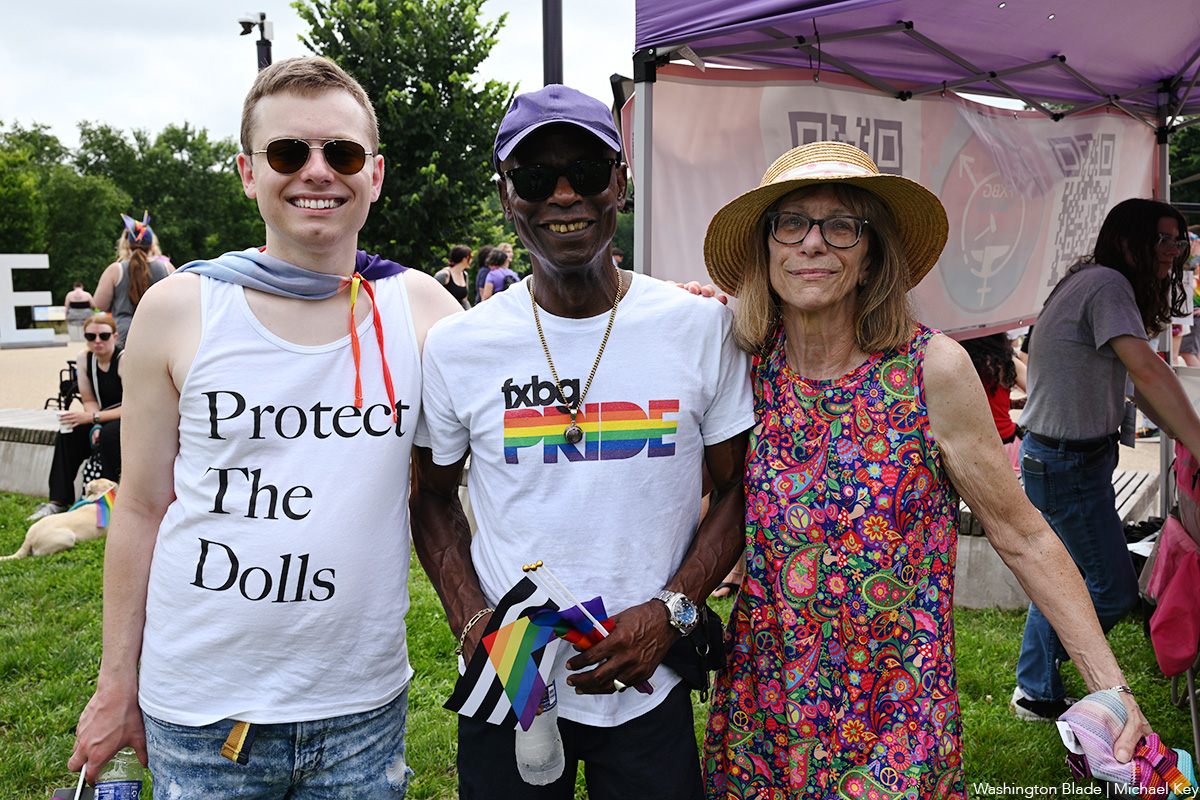
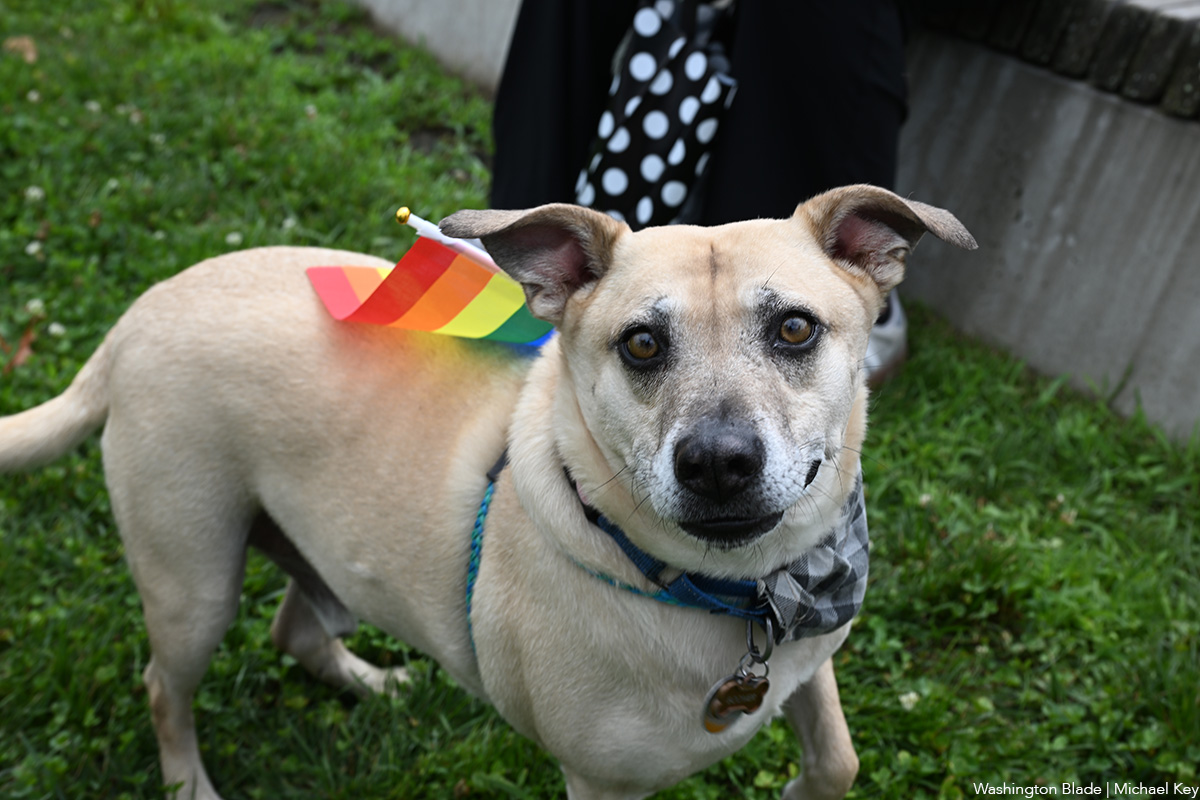
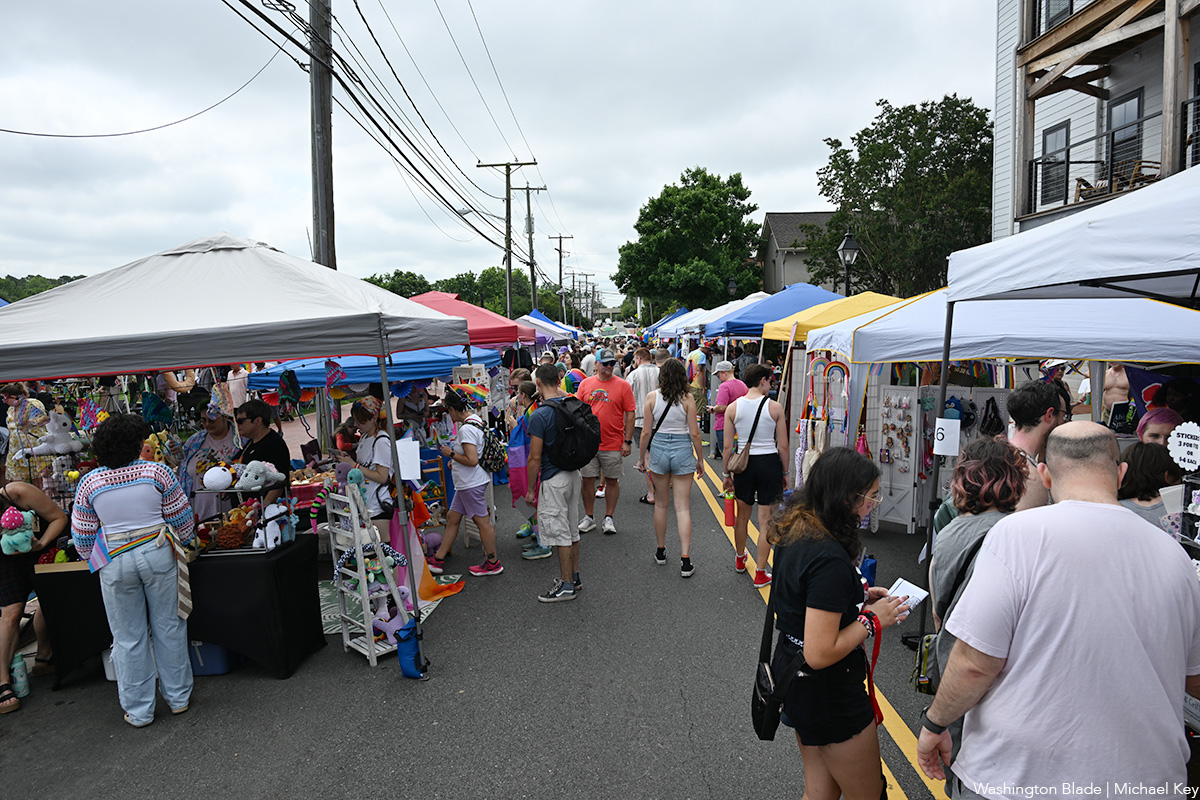
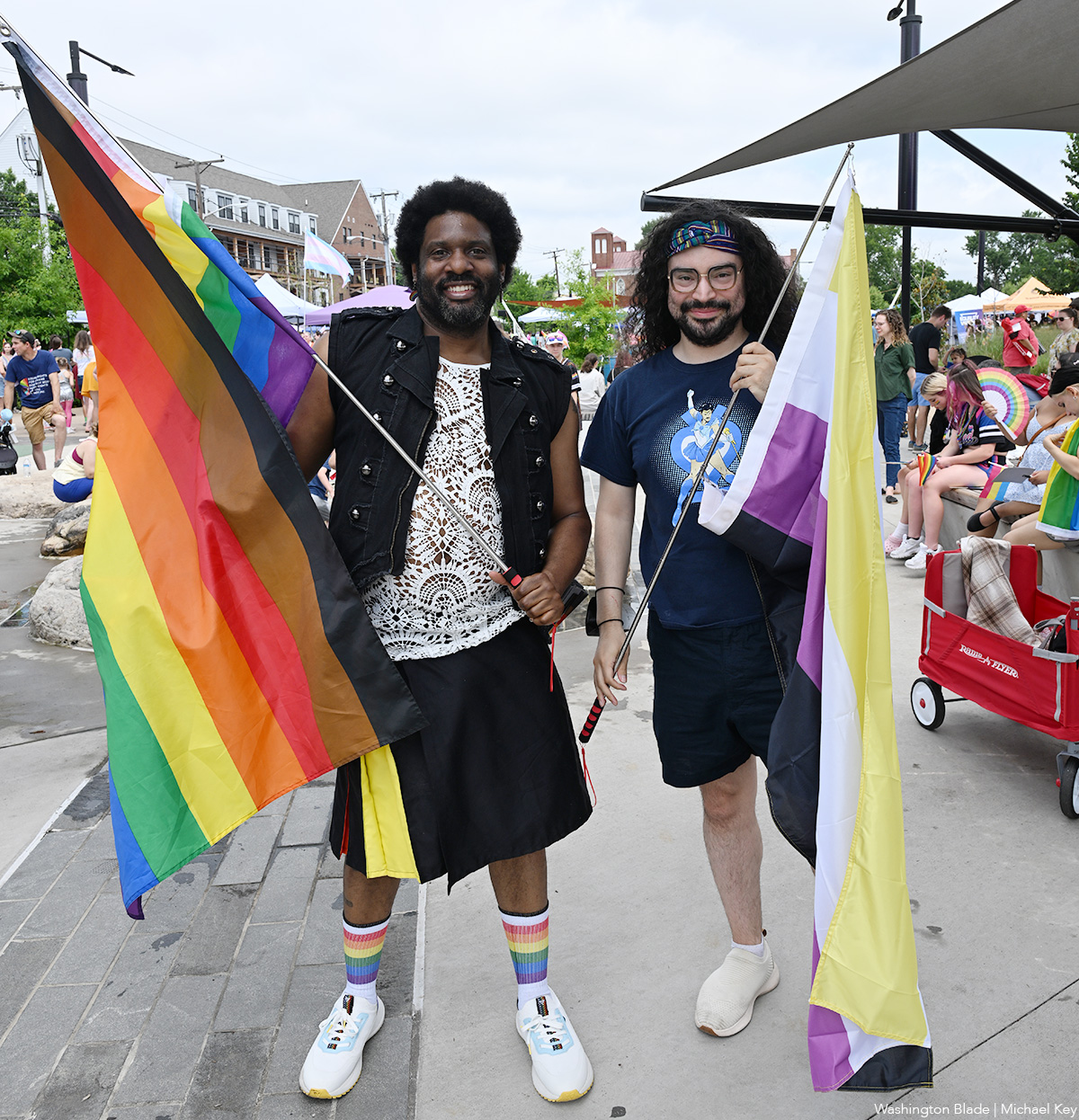
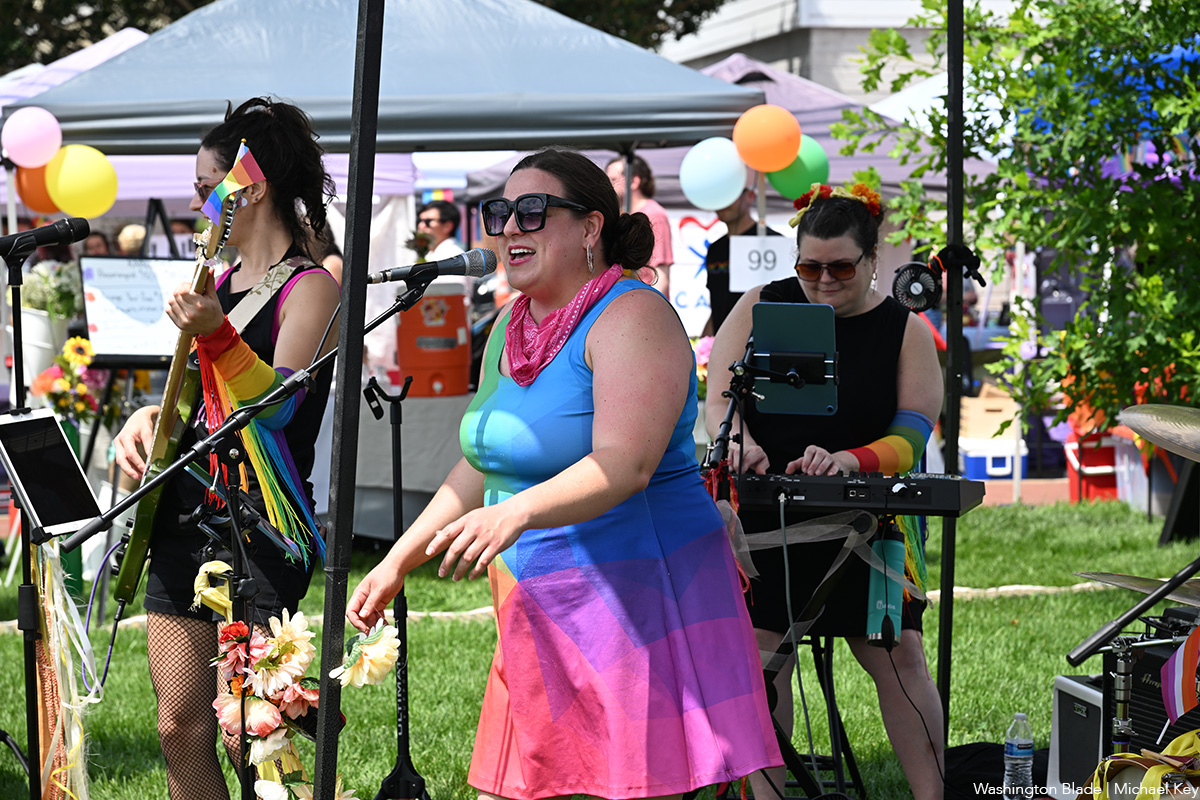
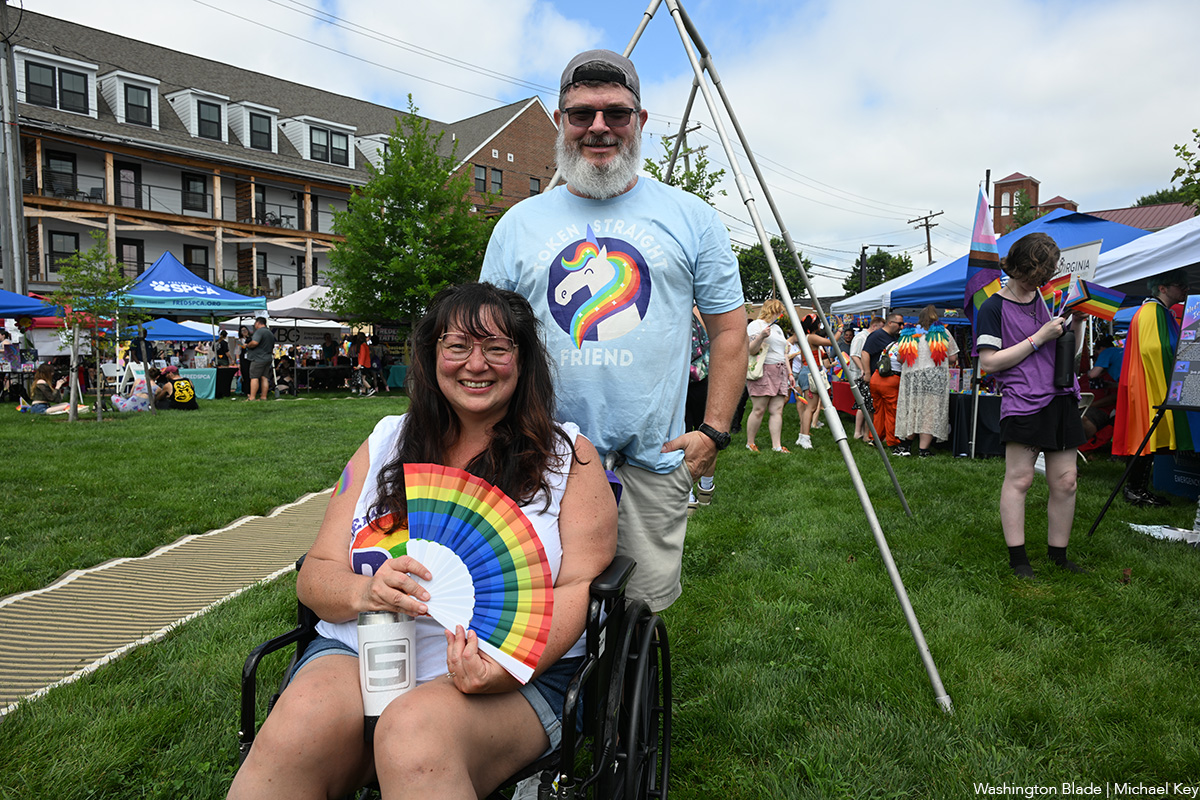
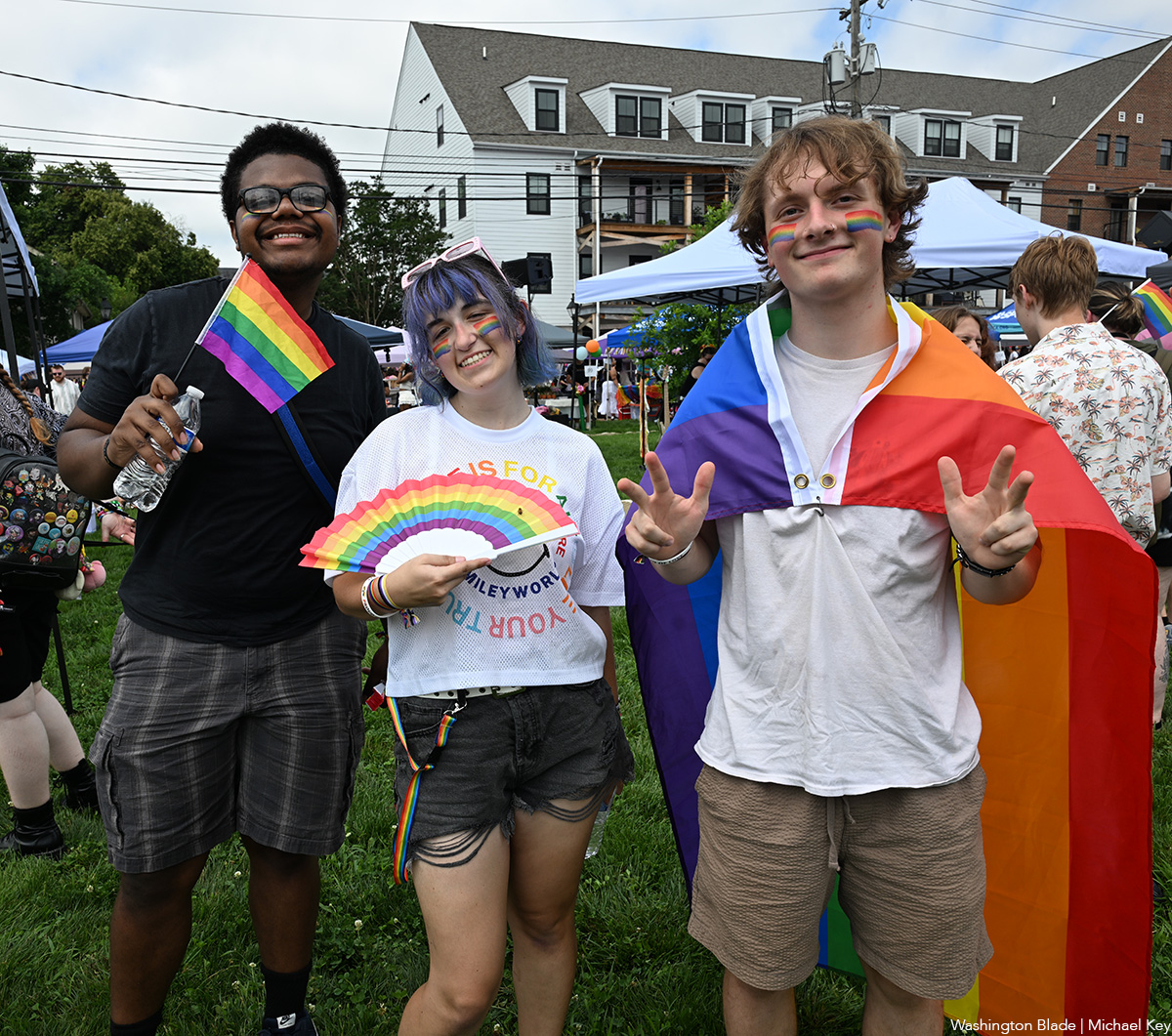
India
Anaya Bangar challenges ban on trans women in female cricket teams
Former Indian cricketer Sanjay Bangar’s daughter has received support
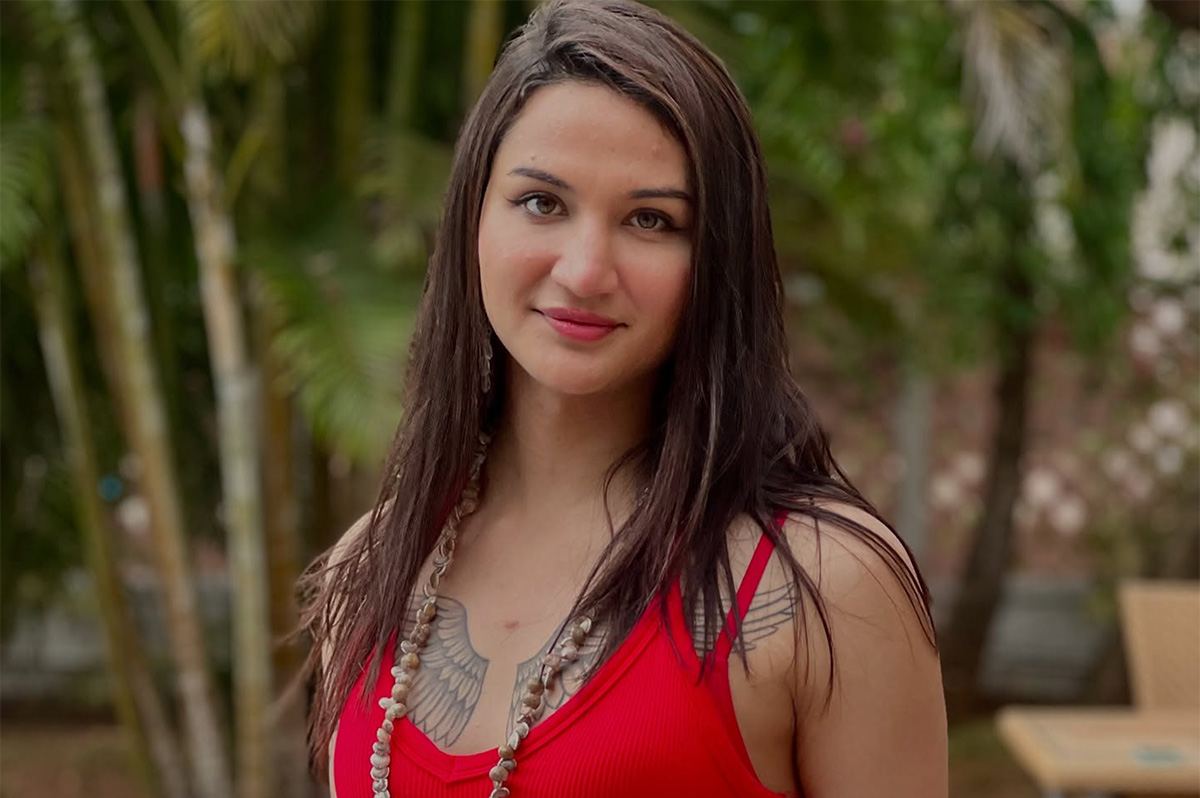
Anaya Bangar, the daughter of former Indian cricketer Sanjay Bangar, has partnered with the Manchester Metropolitan University Institute of Sport in the U.K. to assess her physiological profile following her gender-affirming surgery and undergoing hormone replacement therapy.
From January to March 2025, the 23-year-old underwent an eight-week research project that measured her glucose levels, oxygen uptake, muscle mass, strength, and endurance after extensive training.
The results, shared via Instagram, revealed her metrics align with those of cisgender female athletes, positioning her as eligible for women’s cricket under current scientific standards. Bangar’s findings challenge the International Cricket Council’s 2023 ban on transgender athletes in women’s cricket, prompting her to call for a science-based dialogue with the Board of Control for Cricket in India and the ICC to reform policies for transgender inclusion.
“I am talking with scientific evidence in my hand,” Bangar said in an interview posted to her Instagram page. “So, I hope, this makes an impact and I will be hoping to BCCI and ICC talking with me and discussing this further.”
On Nov. 21, 2023, the ICC enacted a controversial policy barring trans women from international women’s cricket. Finalized after a board meeting in Ahmedabad, India, the regulation prohibits any trans player who has experienced male puberty from competing, irrespective of gender-affirming surgery or hormone therapy. Developed through a 9-month consultation led by the ICC’s Medical Advisory Committee, the rule aims to safeguard the “integrity, safety, and fairness” of women’s cricket but has drawn criticism for excluding athletes like Canada’s Danielle McGahey, the first trans woman to play internationally. The policy, which allows domestic boards to set their own rules, is slated for review by November 2025.
Bangar shared a document on social media verifying her participation in a physiological study at the Manchester Metropolitan University Institute of Sport, conducted from Jan. 20 to March 3, 2025, focused on cricket performance. The report confirmed that her vital metrics — including haemoglobin, blood glucose, peak power, and mean power — aligned with those of cisgender female athletes. Initially, her fasting blood glucose measured 6.1 mmol/L, slightly above the typical non-diabetic range of 4.0–5.9 mmol/L, but subsequent tests showed it normalized, reinforcing the study’s findings that her physical profile meets female athletic standards.
“I am submitting this to the BCCI and ICC, with full transparency and hope,” said Bangar. “My only intention is to start a conversation based on facts not fear. To build space, not divide it.”
In a letter to the BCCI and the ICC, Bangar emphasized her test results from the Manchester Metropolitan University study. She explained that the research aimed to assess how hormone therapy had influenced her strength, stamina, haemoglobin, glucose levels, and overall performance, benchmarked directly against cisgender female athletic standards.
Bangar’s letter to the BCCI and the ICC clarified the Manchester study was not intended as a political statement but as a catalyst for a science-driven dialogue on fairness and inclusion in cricket. She emphasized the importance of prioritizing empirical data over assumptions to shape equitable policies for trans athletes in the sport.
Bangar urged the BCCI, the world’s most influential cricket authority, to initiate a formal dialogue on trans women’s inclusion in women’s cricket, rooted in medical science, performance metrics, and ethical fairness. She called for the exploration of eligibility pathways based on sport-specific criteria, such as haemoglobin thresholds, testosterone suppression timelines, and standardized performance testing. Additionally, she advocated for collaboration with experts, athletes, and legal advisors to develop policies that balance inclusivity with competitive integrity.
“I am releasing my report and story publicly not for sympathy, but for truth. Because inclusion does not mean ignoring fairness, it means measuring it, transparently and responsibly,” said Bangar in a letter to the BCCI. “I would deeply appreciate the opportunity to meet with you or a representative of the BCCI or ICC to present my findings, discuss possible policy pathways, and work towards a future where every athlete is evaluated based on real data, not outdated perceptions.”
Before her transition, Bangar competed for Islam Gymkhana in Mumbai and Hinckley Cricket Club in the U.K., showcasing her talent in domestic cricket circuits. Her father, Sanjay Bangar, was a dependable all-rounder for the Indian national cricket team from 2001 to 2004, playing 12 test matches and 15 One Day Internationals. He later served as a batting coach for the Indian team from 2014 to 2019, contributing to its strategic development.
Cricket in India is a cultural phenomenon, commanding a fanbase of more than 1 billion, with more than 80 percent of global cricket viewership originating from the country.
The International Cricket Council, the sport’s governing body, oversees 12 full member nations and more than 90 associate members, with the U.S. recently gaining associate member status in 2019 and co-hosting the 2024 ICC Men’s T20 World Cup. The BCCI generated approximately $2.25 billion in revenue in the 2023–24 financial year, primarily from the Indian Premier League, bilateral series, and ICC revenue sharing. The ICC earns over $3 billion from media rights in India alone for the 2024–27 cycle, contributing nearly 90 percent of its global media rights revenue, with the BCCI receiving 38.5 percent of the ICC’s annual earnings, approximately $231 million per year.
Women’s cricket in India enjoys a growing fanbase, with over 300 million viewers for the Women’s Premier League in 2024, making it a significant driver of the sport’s global popularity. The International Cricket Council oversees women’s cricket in 12 full member nations and over 90 associate members, with the U.S. fielding a women’s team since gaining associate status in 2019 and competing in ICC events like the 2024 Women’s T20 World Cup qualifiers. The BCCI invests heavily in women’s cricket, allocating approximately $60 million annually to the WPL and domestic programs in 2024–25, while contributing to the ICC’s $20 million budget for women’s cricket development globally. India’s media market for women’s cricket, including WPL broadcasting rights, generated $120 million in 2024, accounting for over 50 percent of the ICC’s women’s cricket media revenue.
“As a woman, I feel when someone says that they are women, then they are, be trans or cis. A trans woman is definitely the same as a cis woman emotionally and in vitals, and specially, when someone is on hormone replacement therapy. Stopping Anaya Bangar from playing is discrimination and violation of her rights. It is really sad and painful that every transwoman need to fight and prove their identity everywhere,” said Indrani Chakraborty, an LGBTQ rights activist and a mother of a trans woman. “If ICC and BCCI is stopping her from playing for being transgender, then I will say this to be their lack of awareness and of course the social mindsets which deny acceptance.”
Chakraborty told the Blade that Bangar is an asset, no matter what. She said that the women’s cricket team will only benefit by participation, but the discriminating policies are the hindrance.
“Actually the transgender community face such discrimination in every sphere. In spite of being potent, they face rejection. This is highly inhuman. These attitudes is regressive and will never let to prosper. Are we really in 2025?,” said Chakraborty. “We, our mindset and the society are the issues. We, as a whole, need to get aware and have to come together for getting justice for Anaya. If today, we remain silent, the entire community will be oppressed. Proper knowledge of gender issues need to be understood.”
The BCCI and the International Cricket Council have not responded to the Blade’s repeated requests for comment.
-

 U.S. Supreme Court5 days ago
U.S. Supreme Court5 days agoSupreme Court upholds ACA rule that makes PrEP, other preventative care free
-

 U.S. Supreme Court5 days ago
U.S. Supreme Court5 days agoSupreme Court rules parents must have option to opt children out of LGBTQ-specific lessons
-
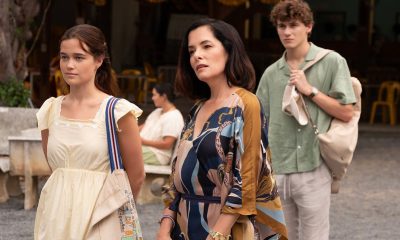
 Television5 days ago
Television5 days ago‘White Lotus,’ ‘Severance,’ ‘Andor’ lead Dorian TV Awards noms
-
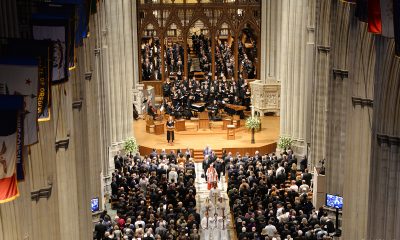
 Music & Concerts5 days ago
Music & Concerts5 days agoBerkshire Choral to commemorate Matthew Shepard’s life













